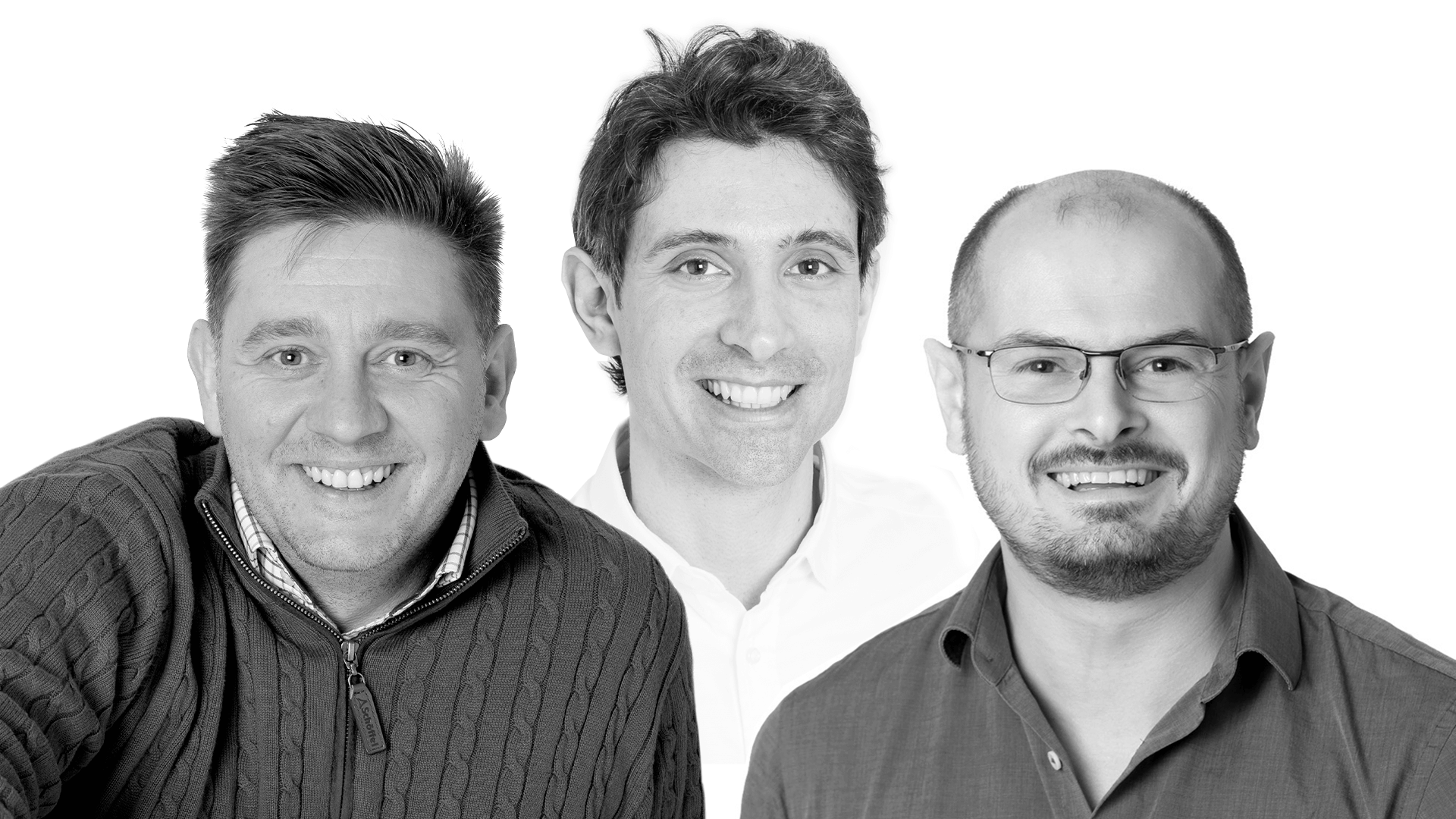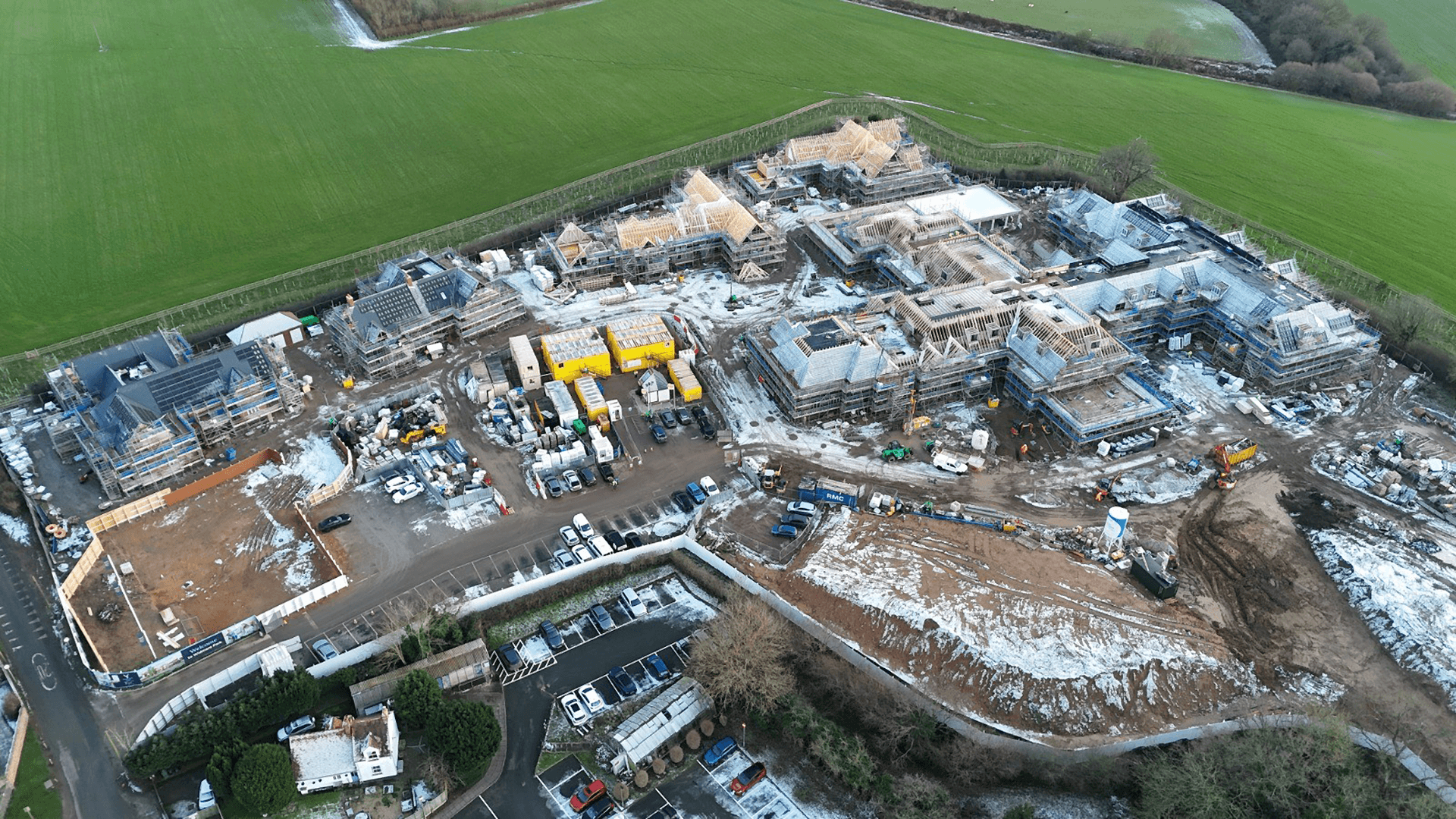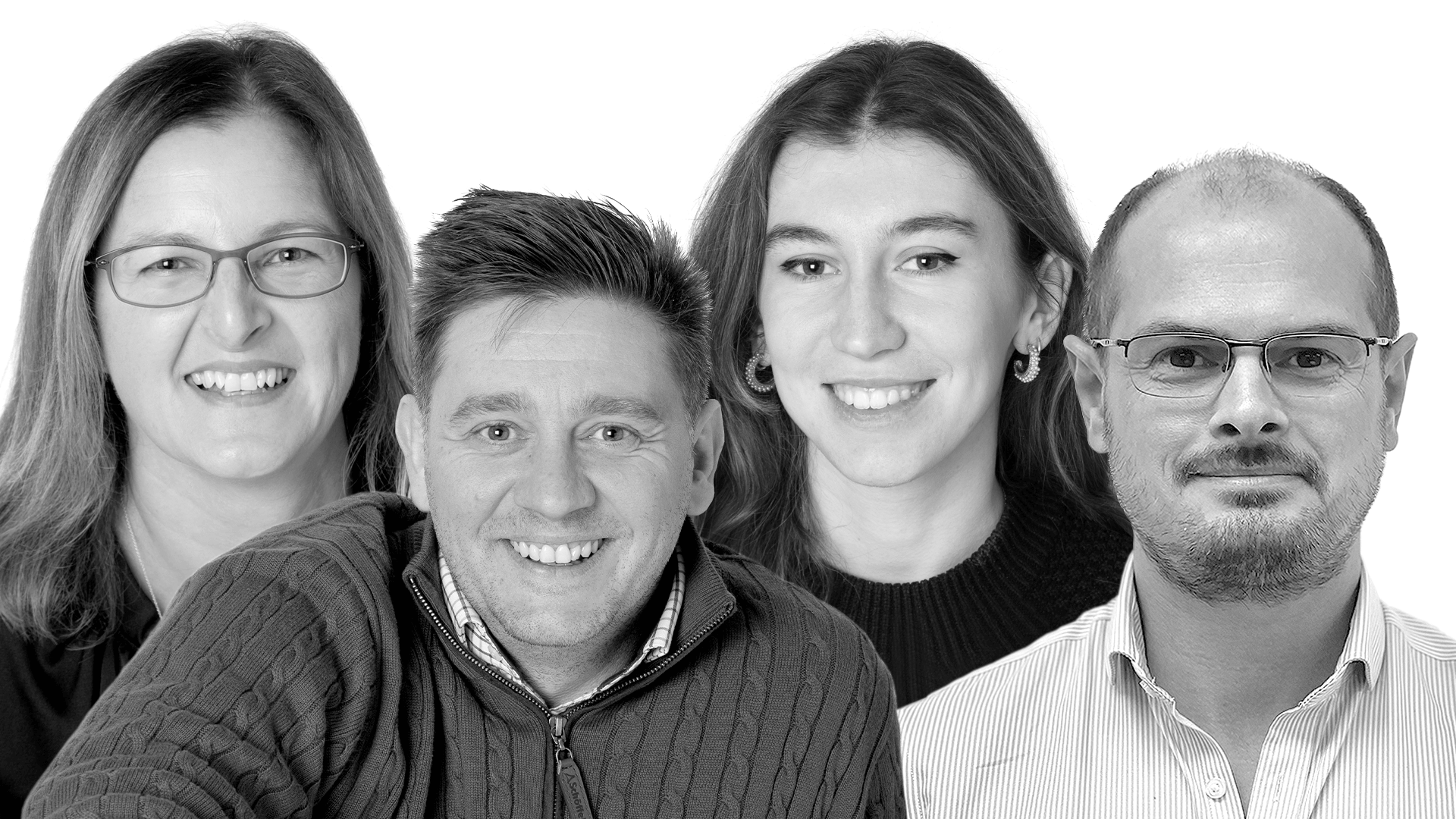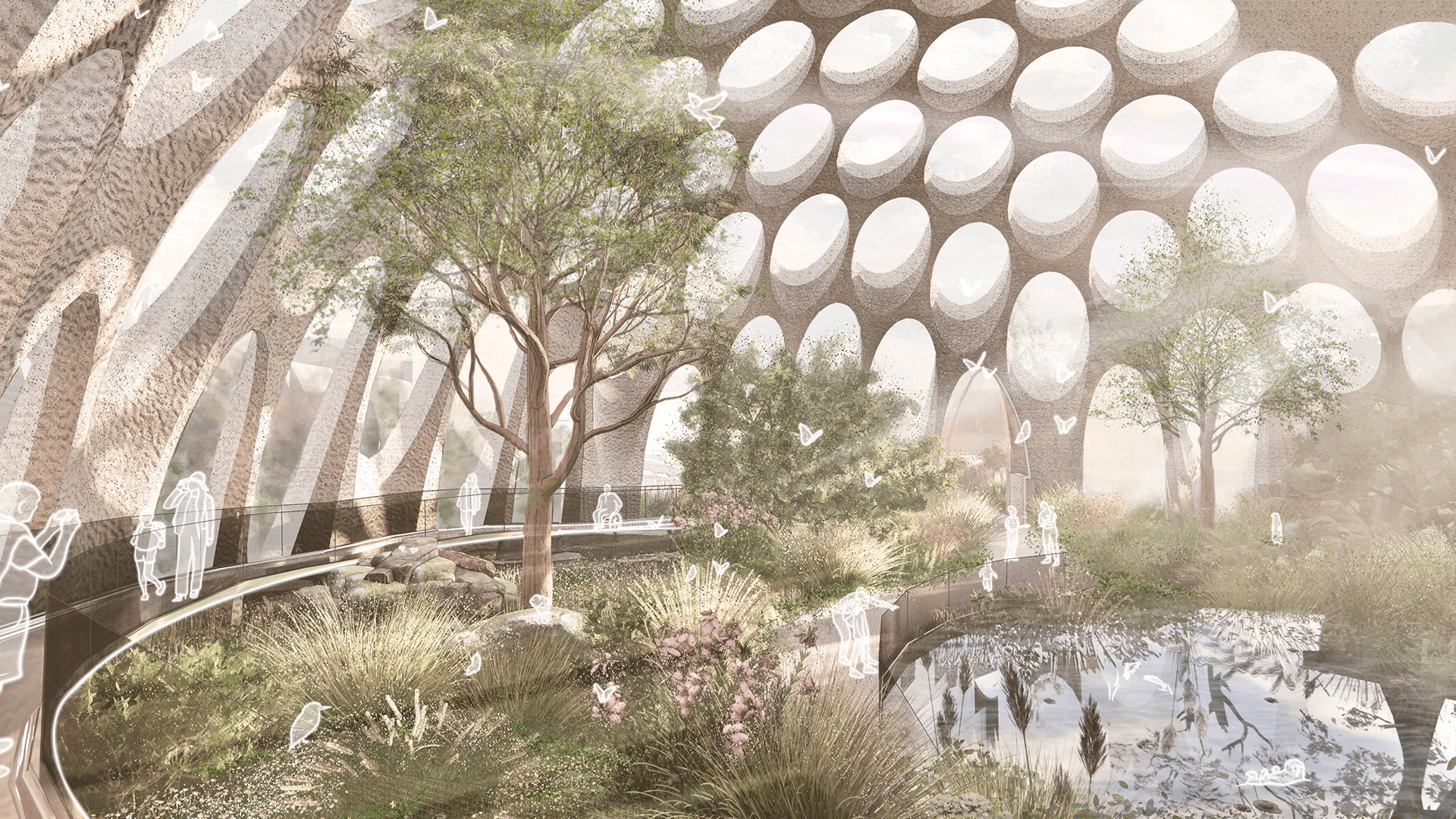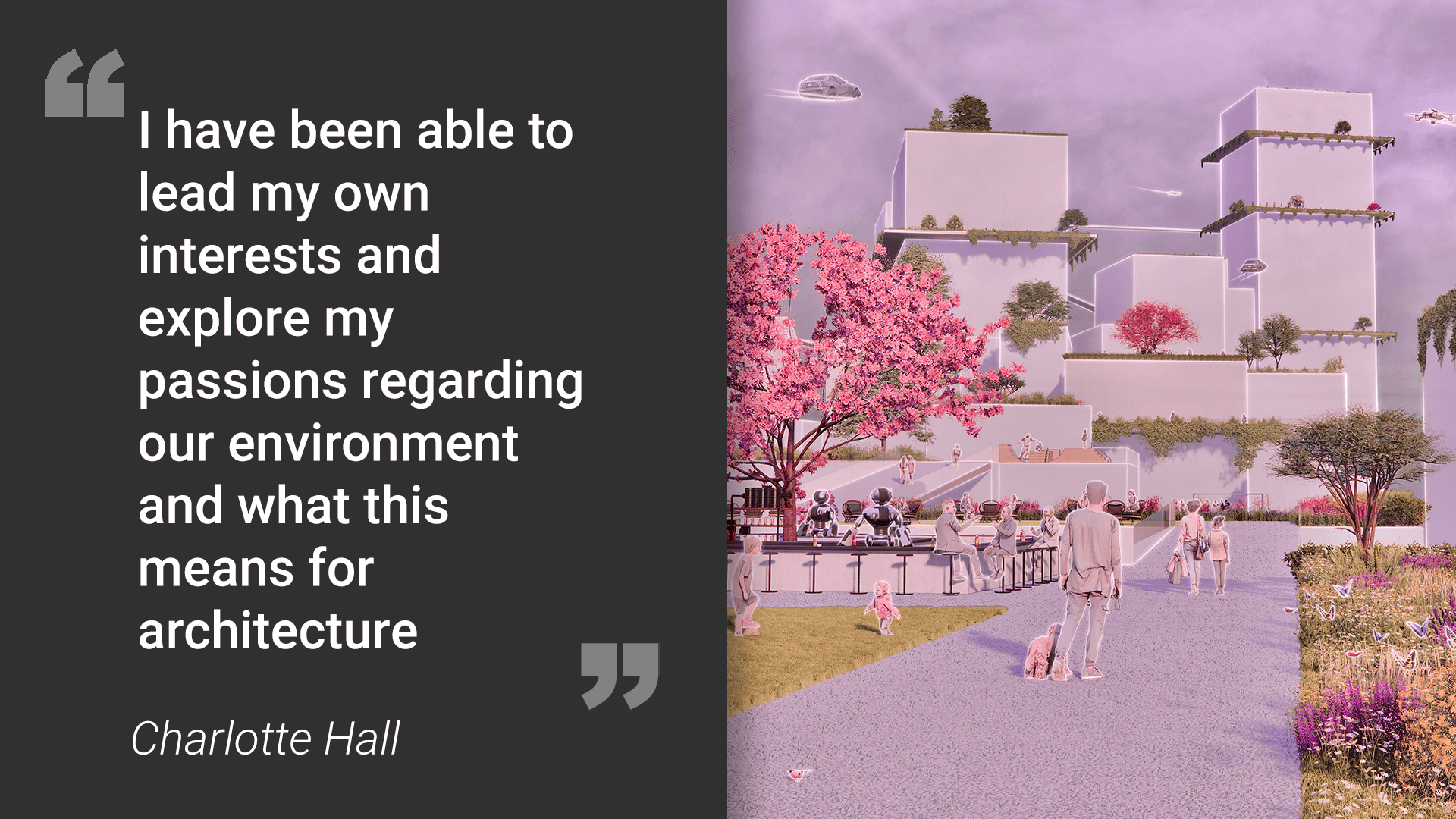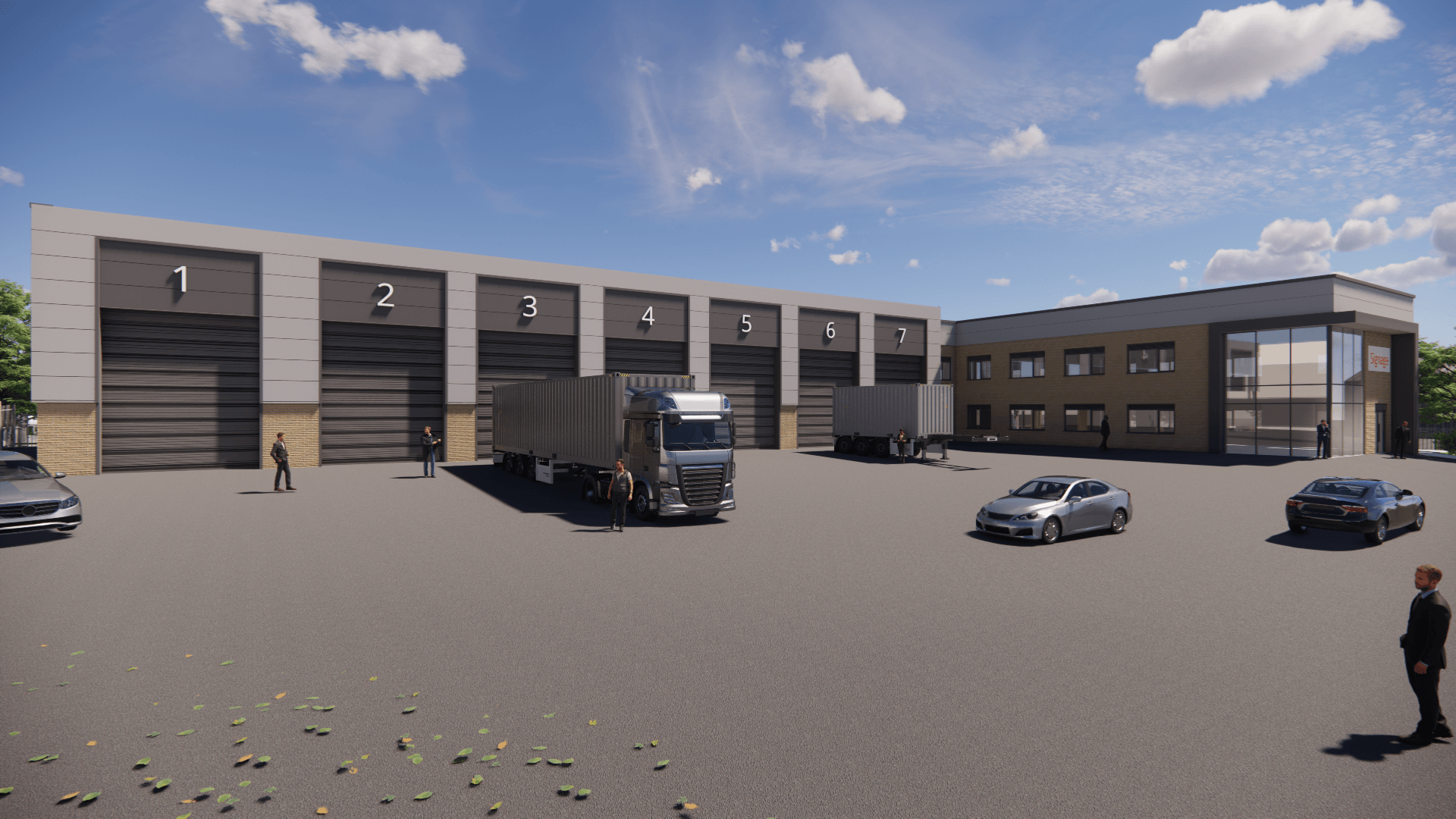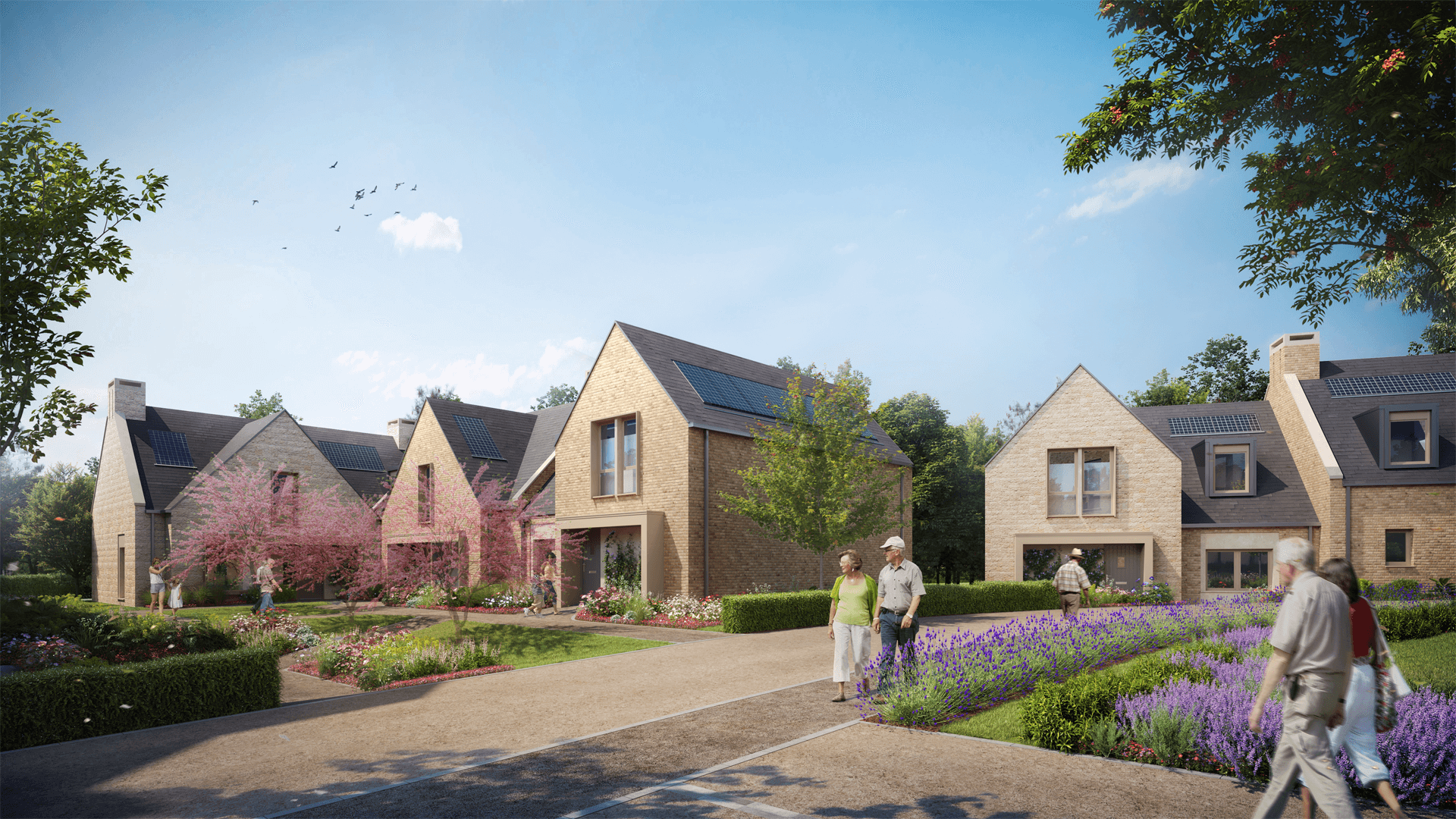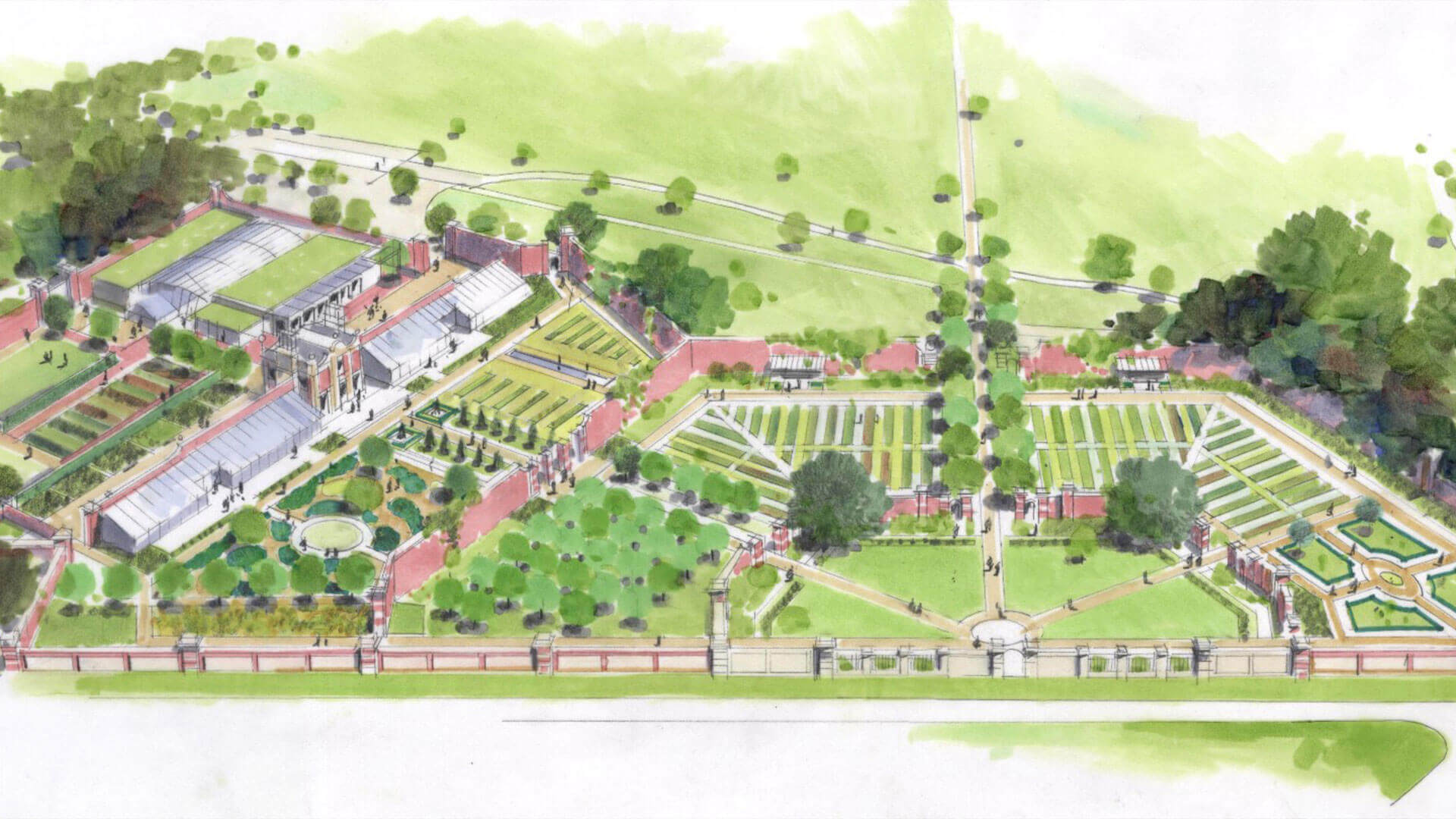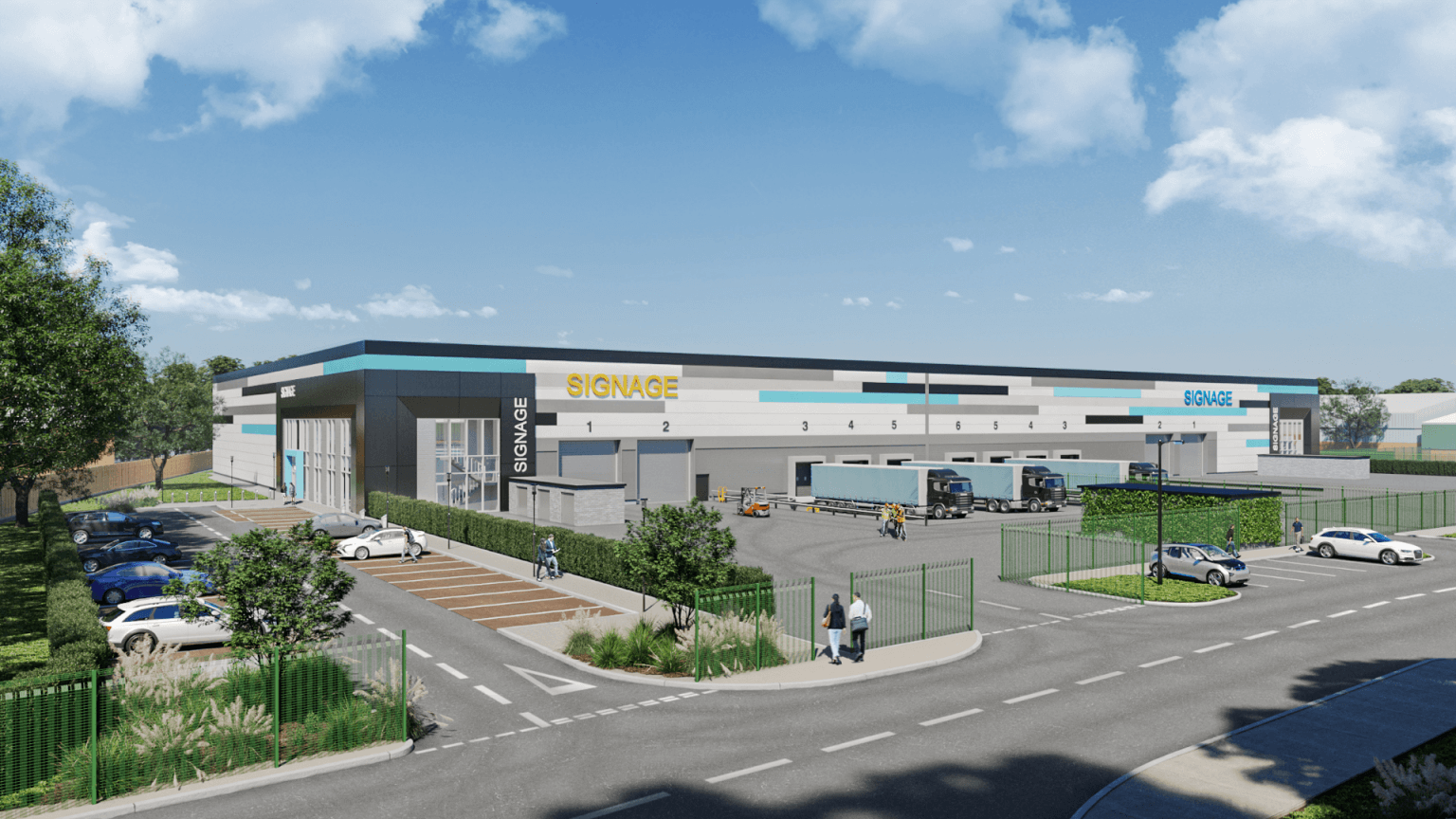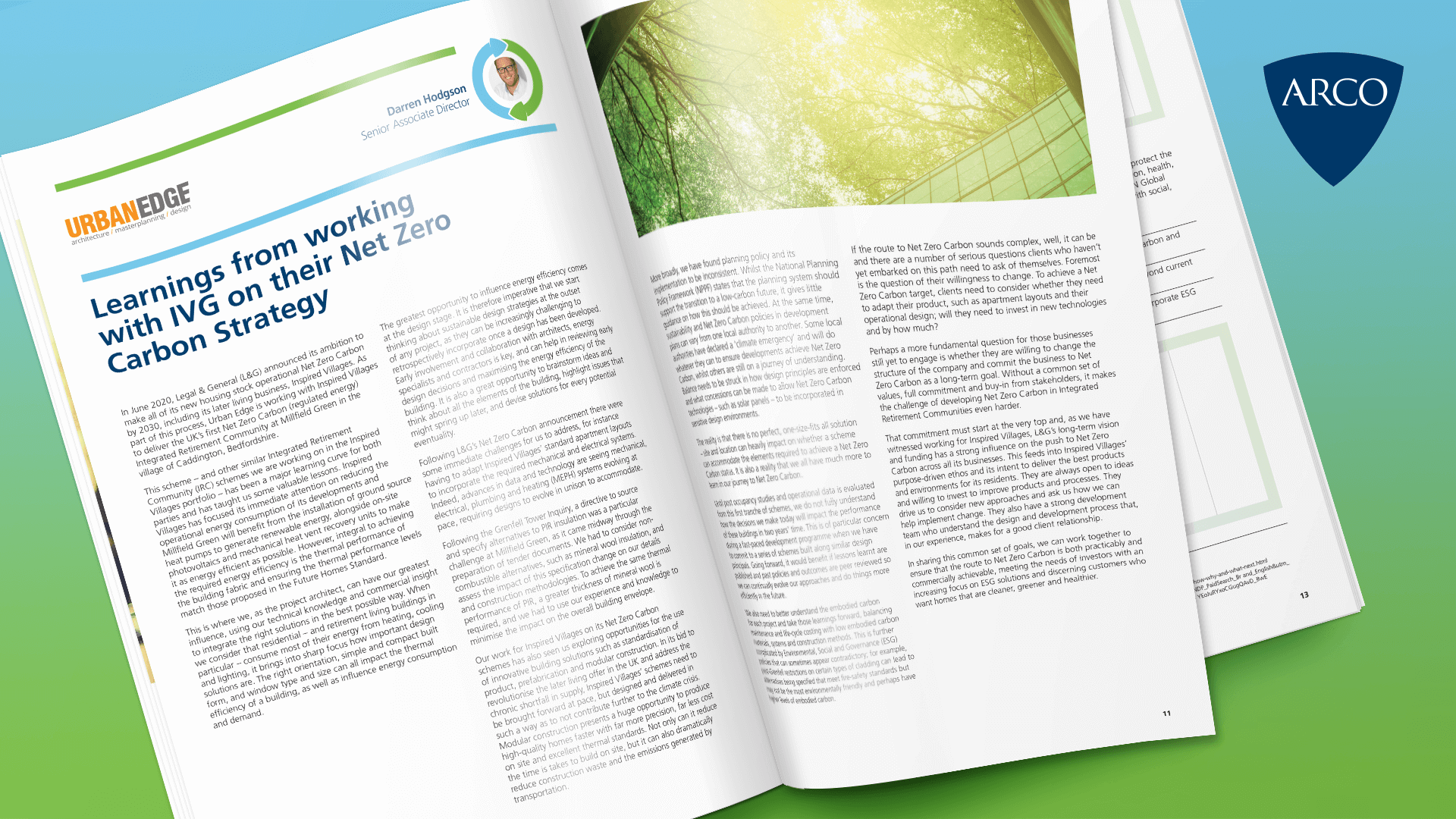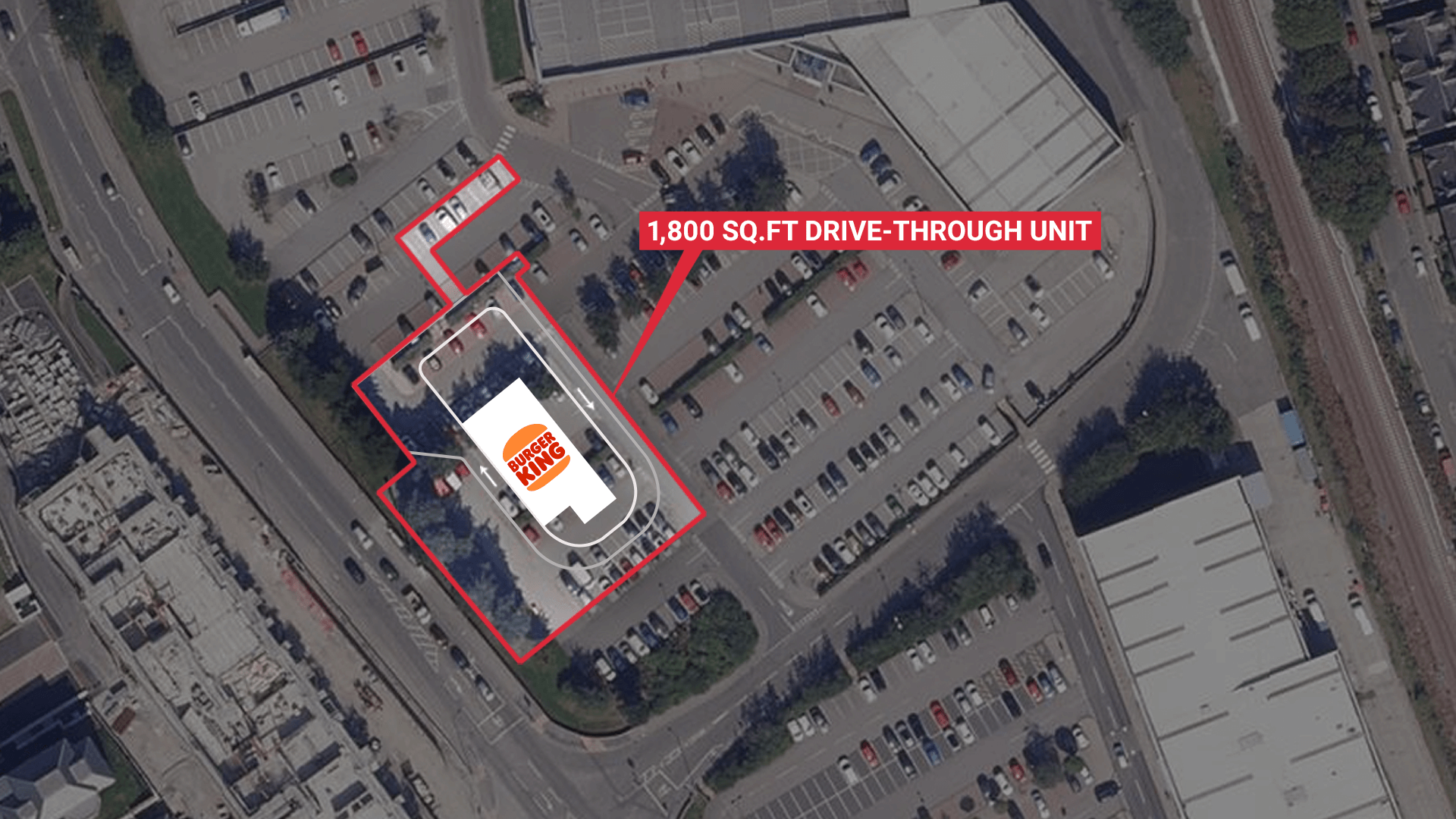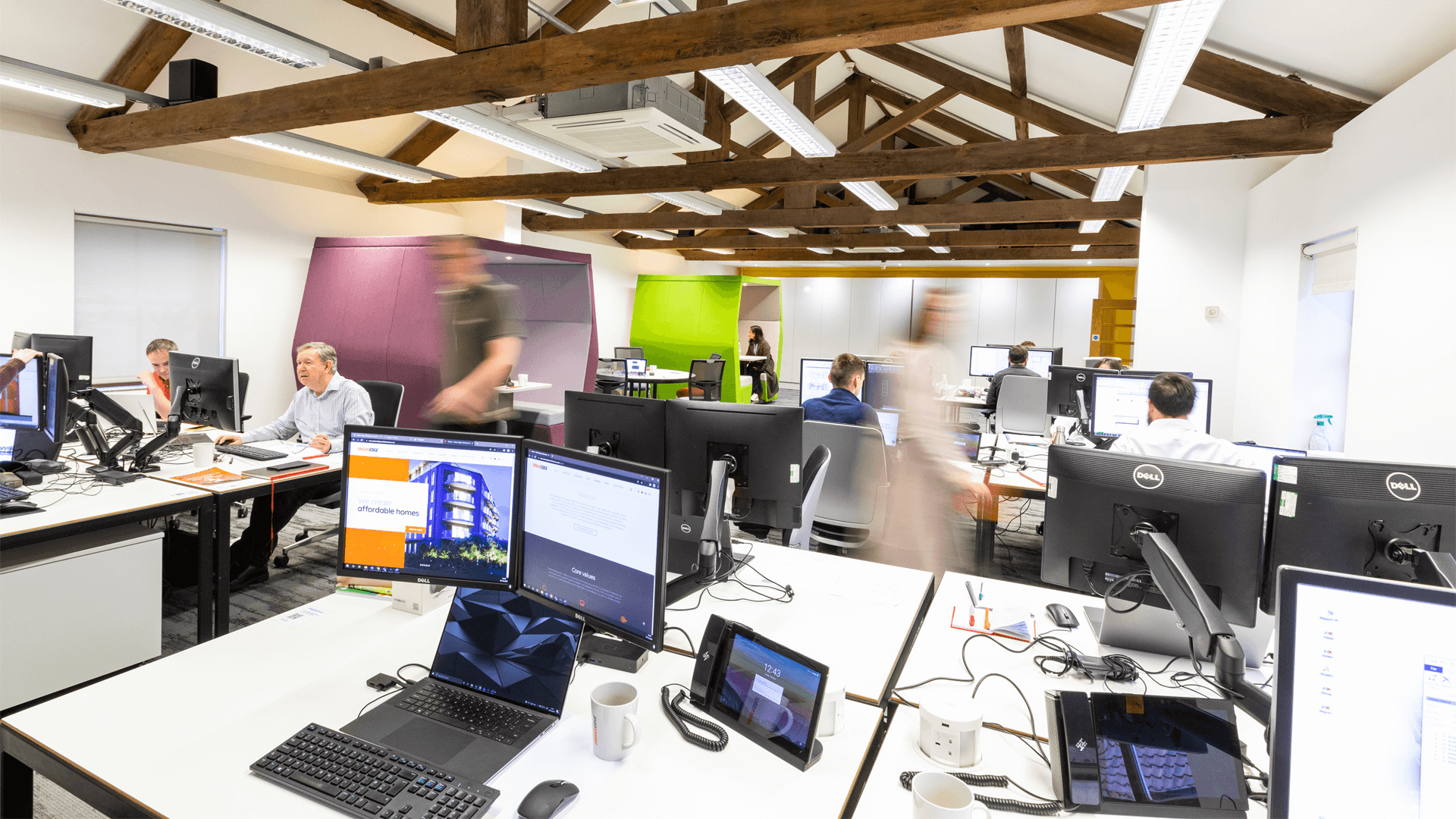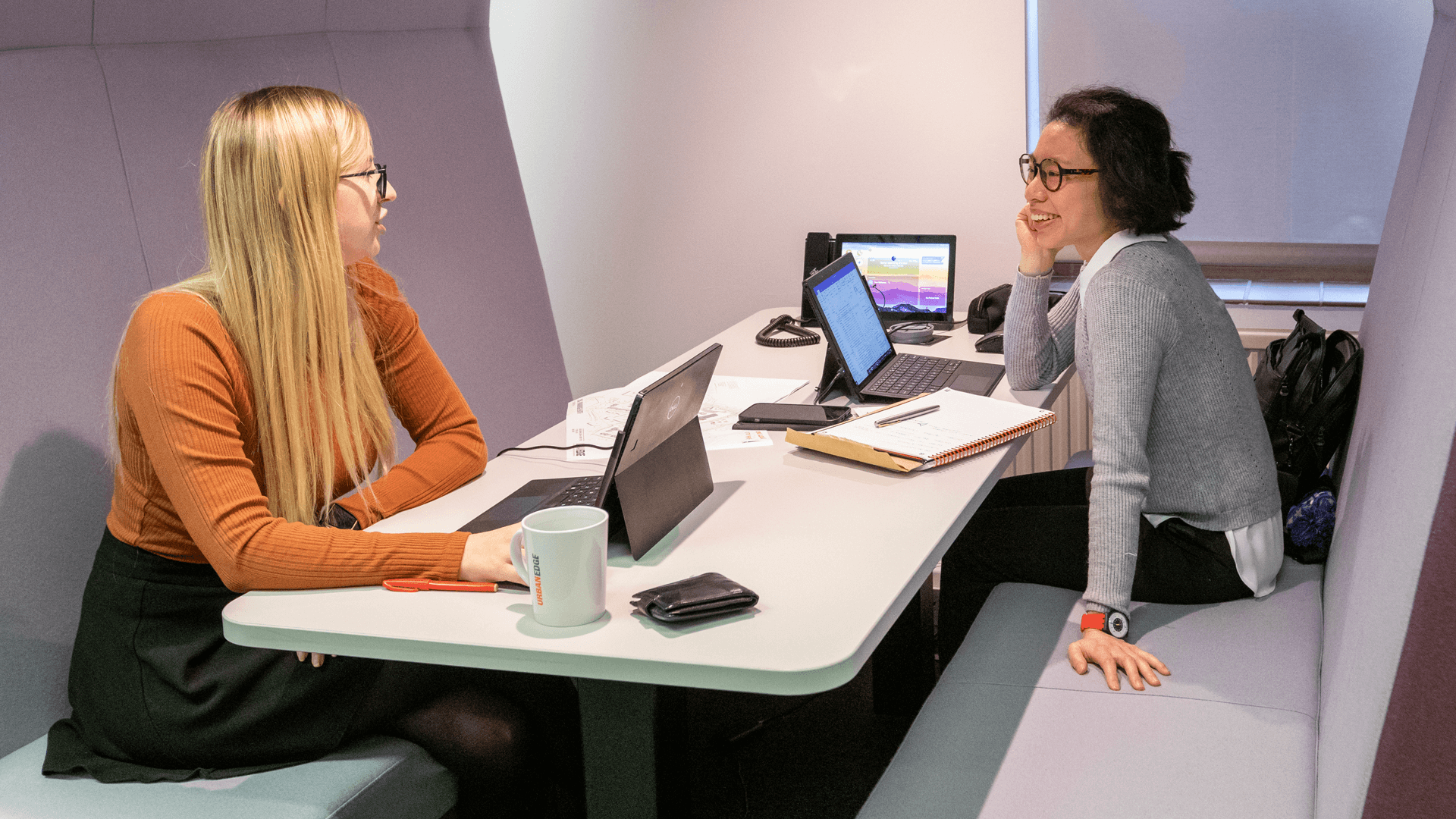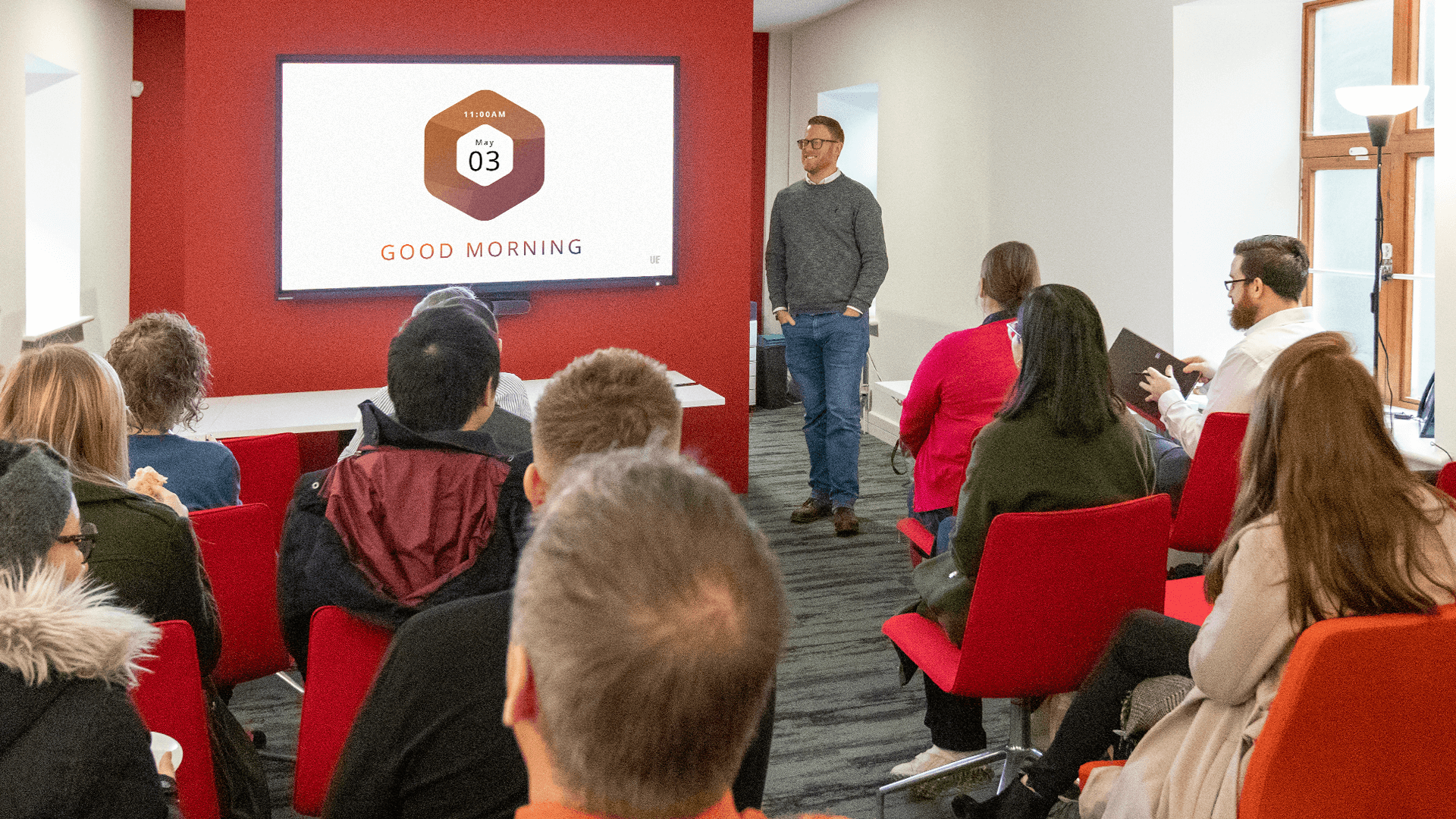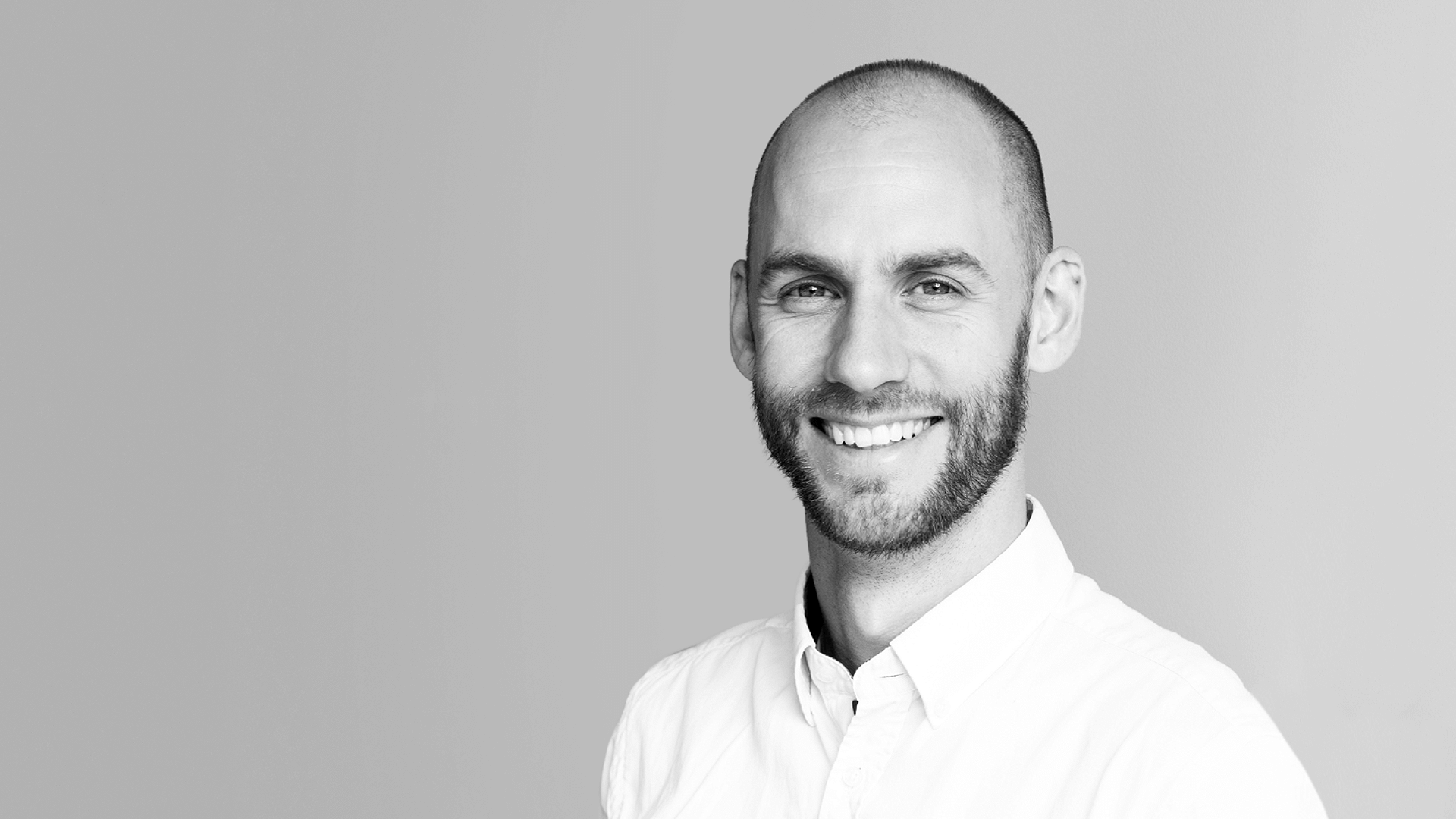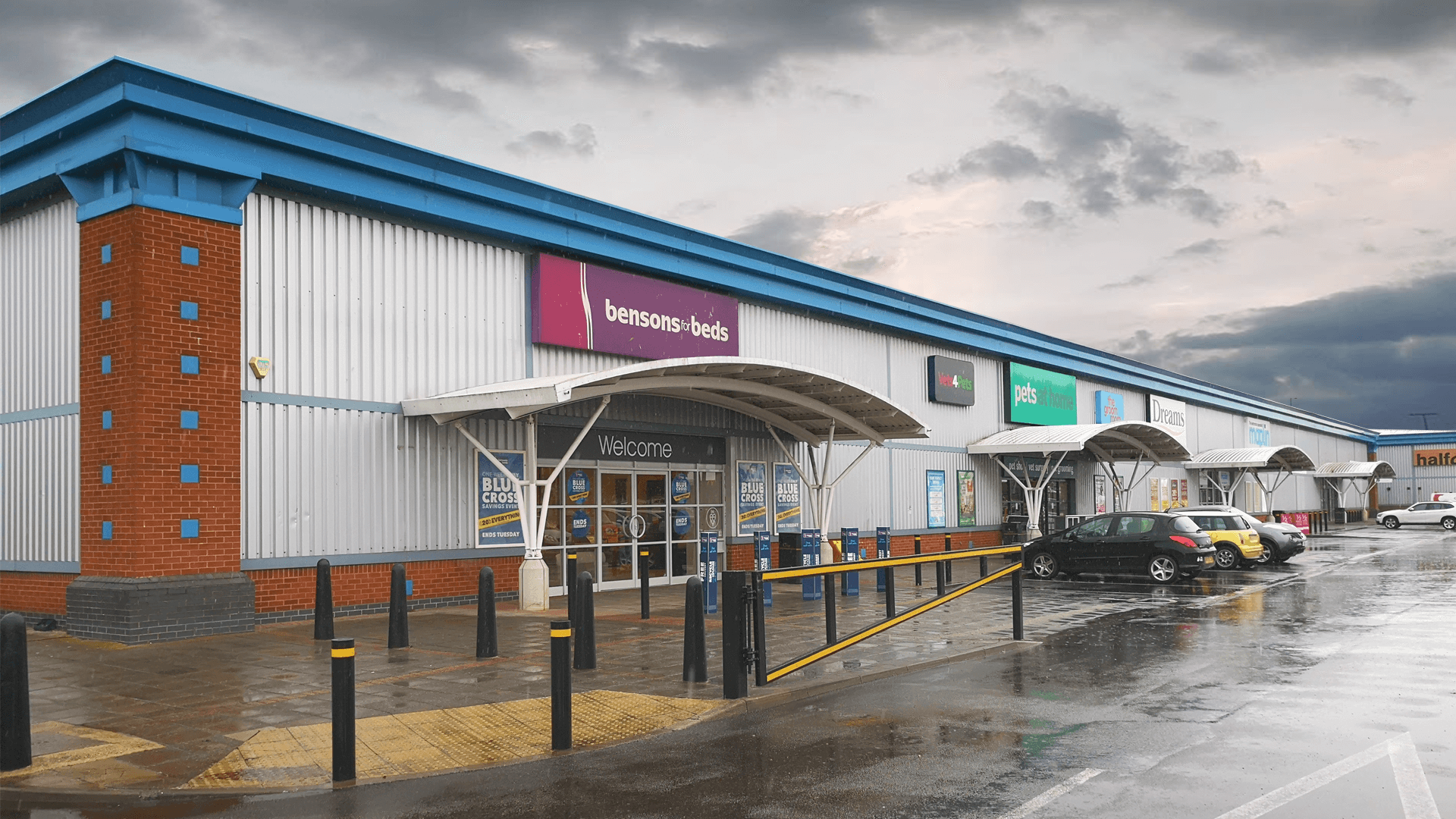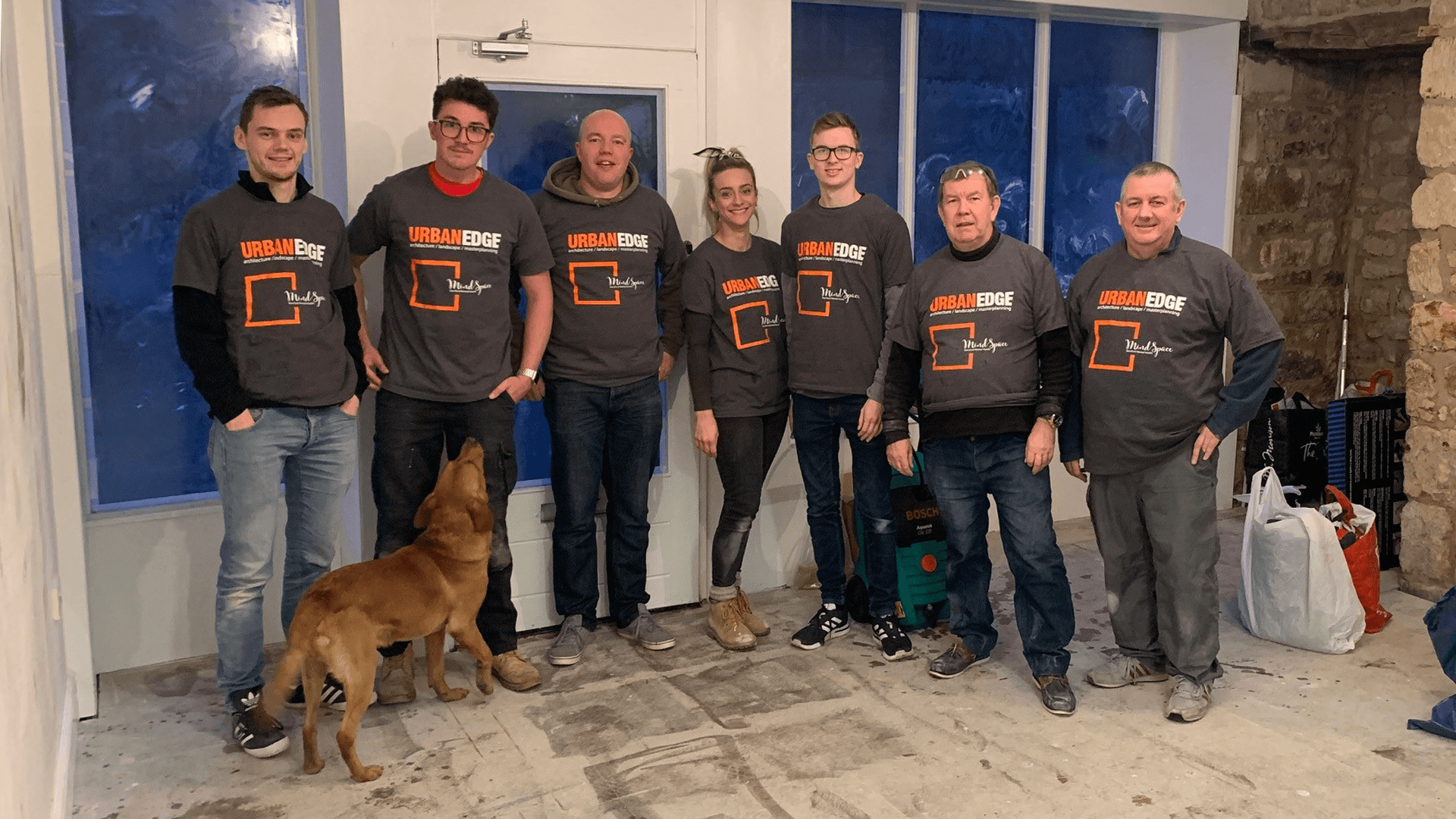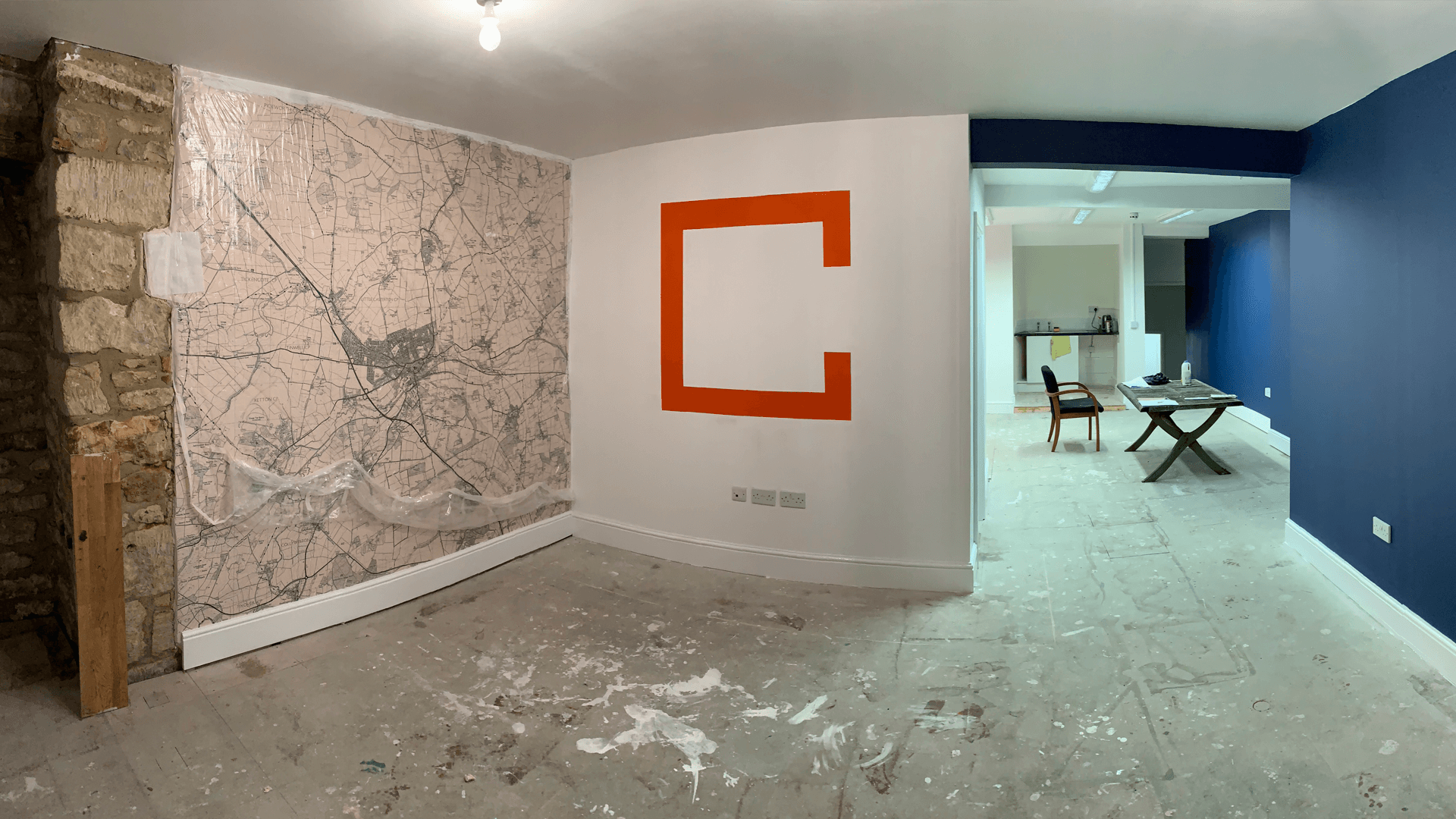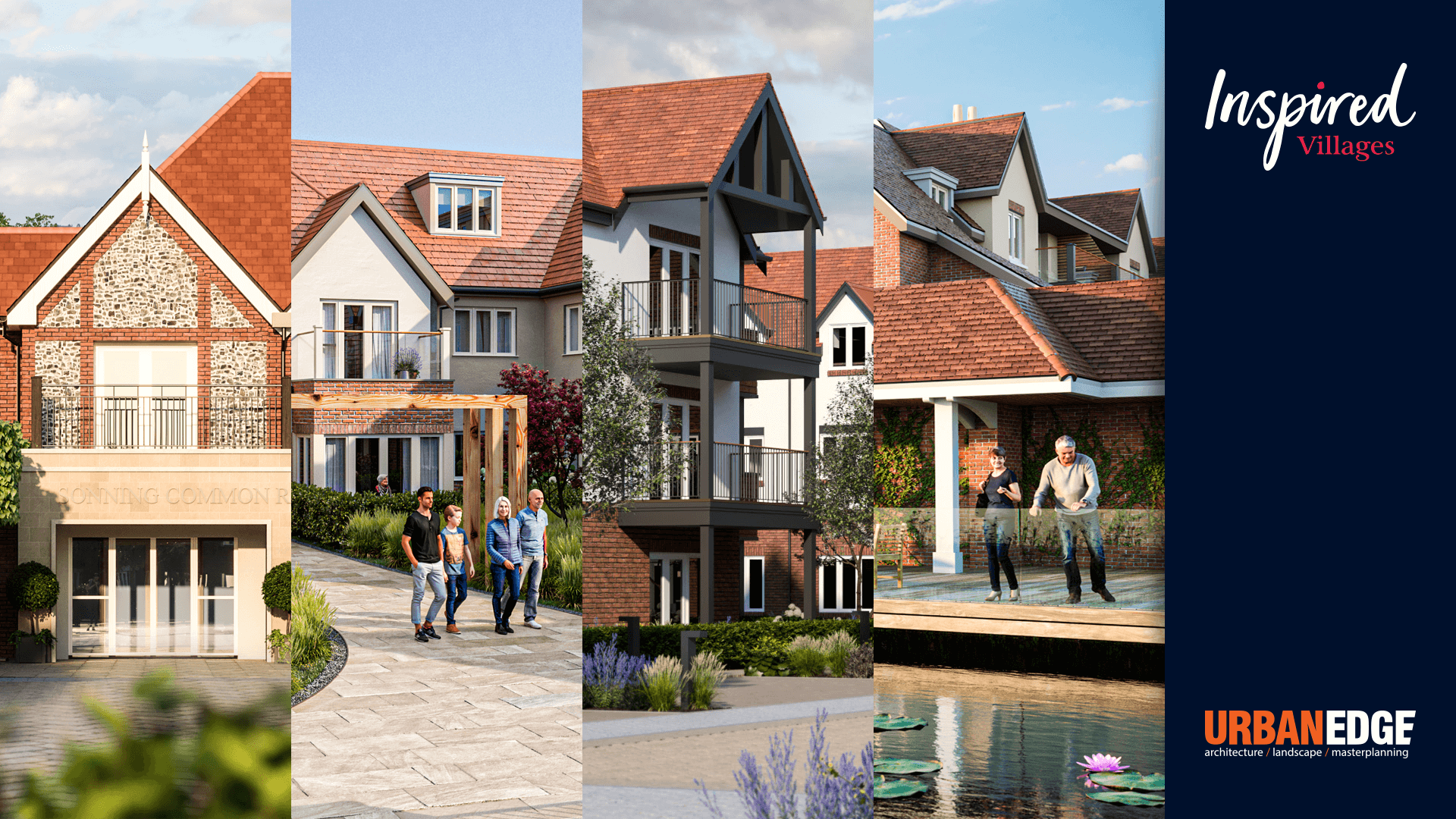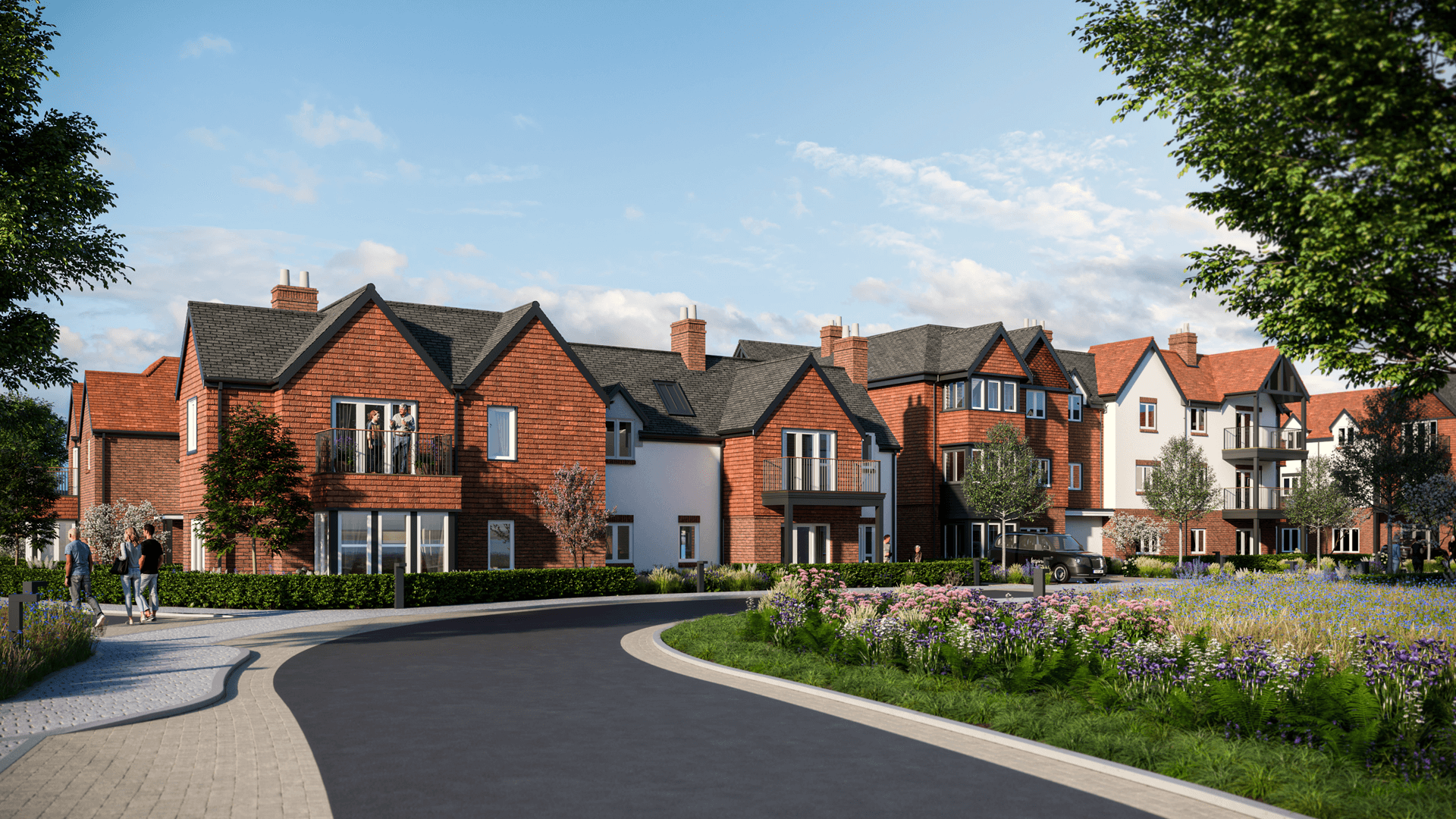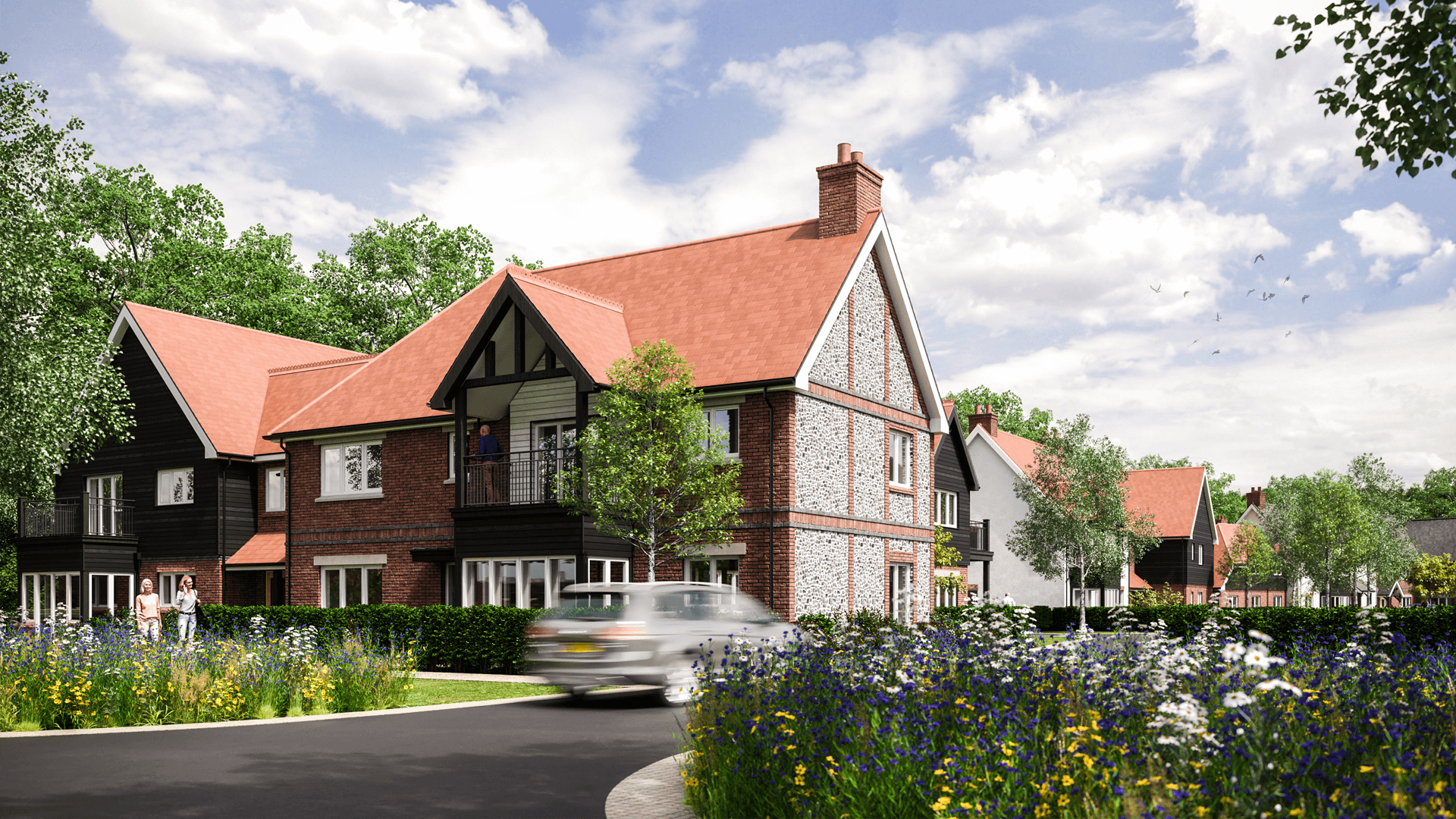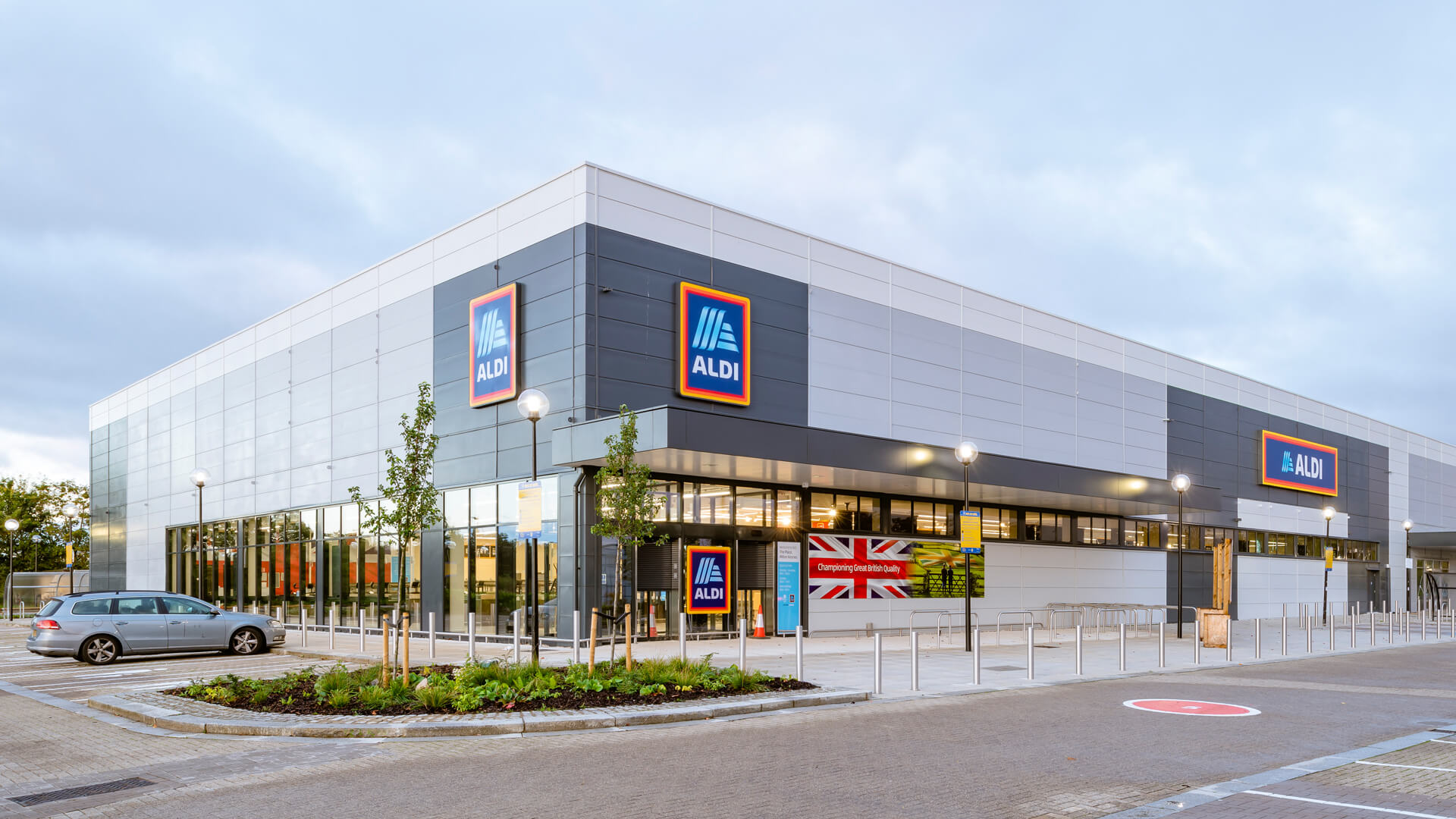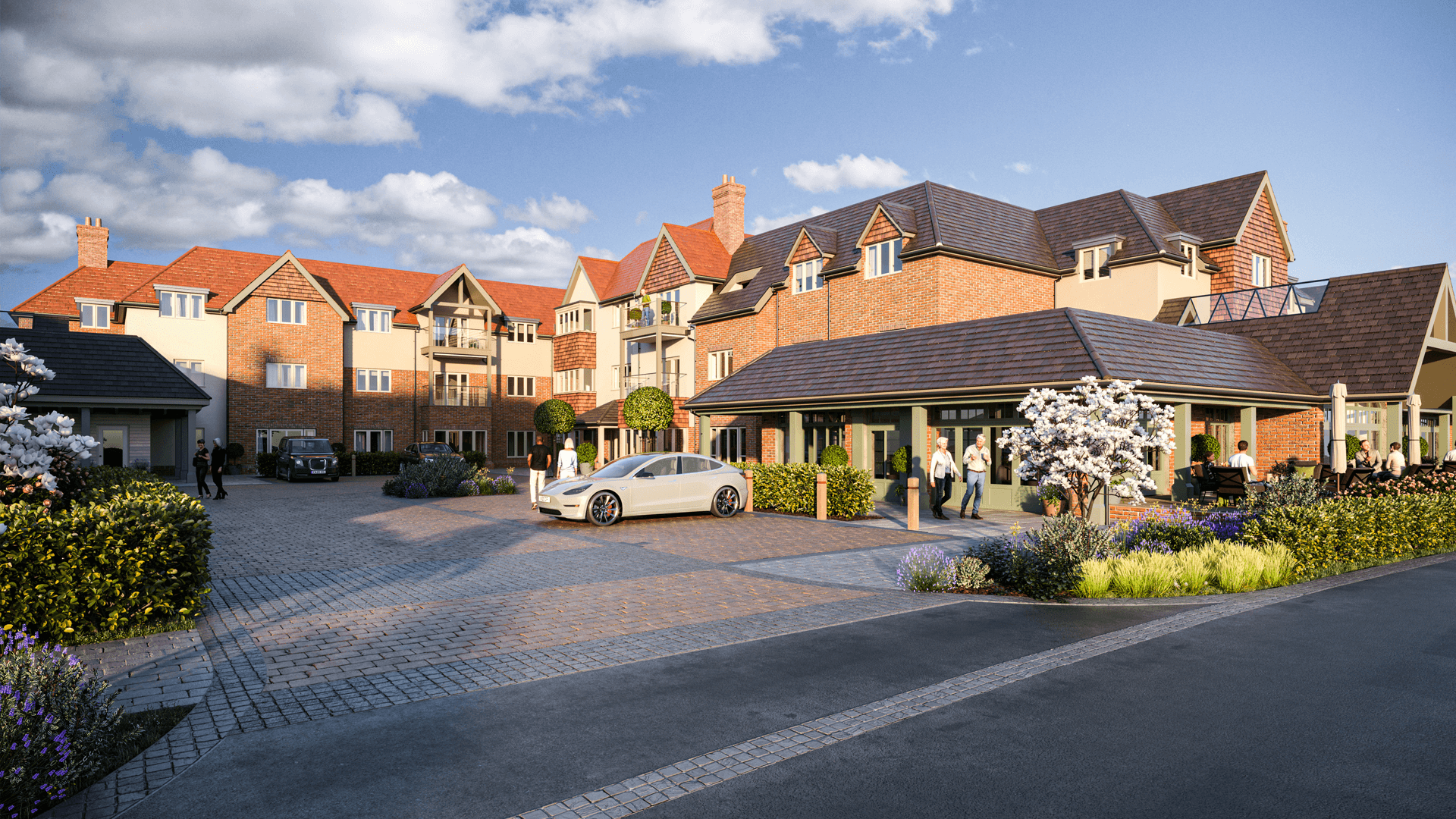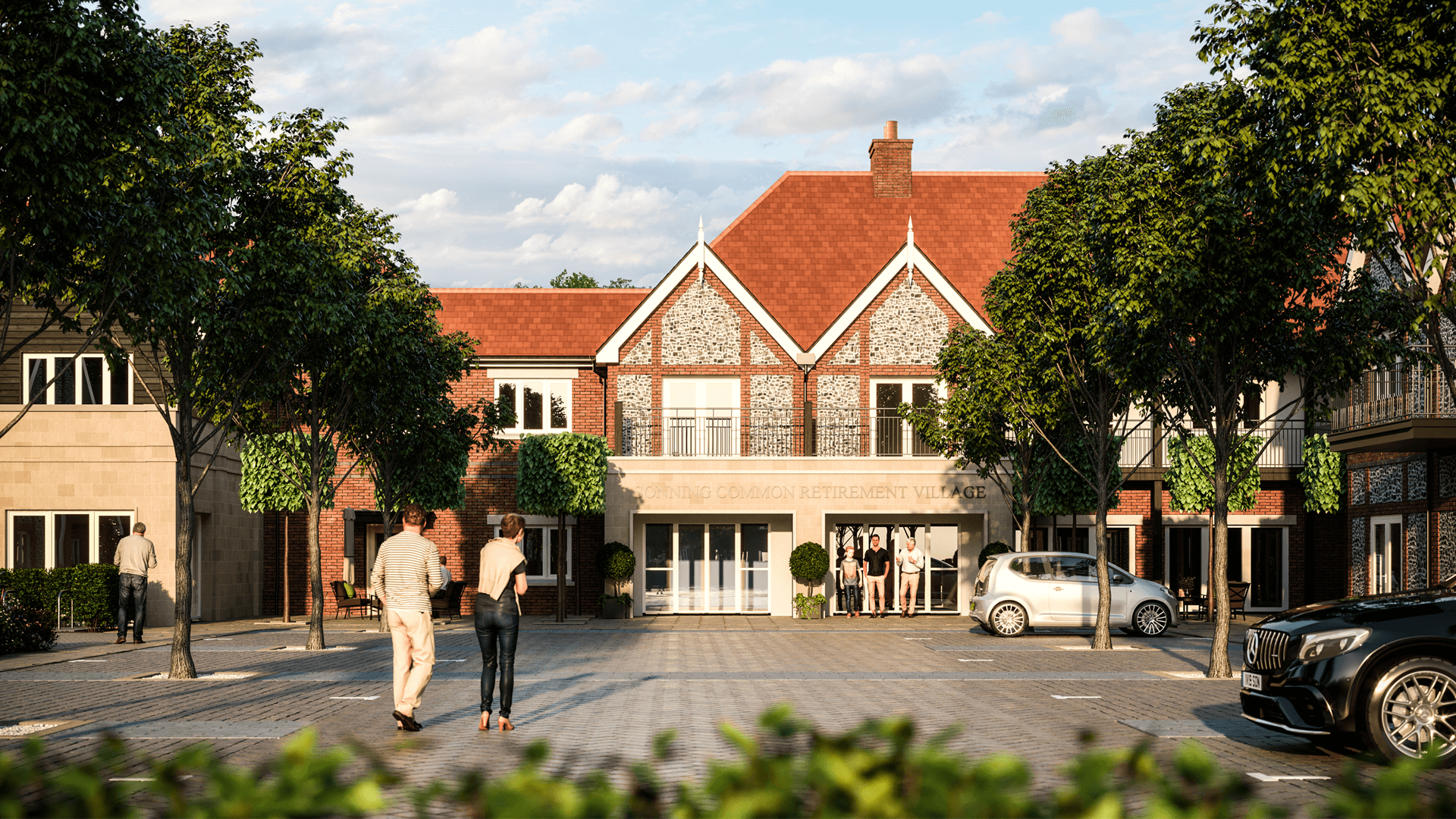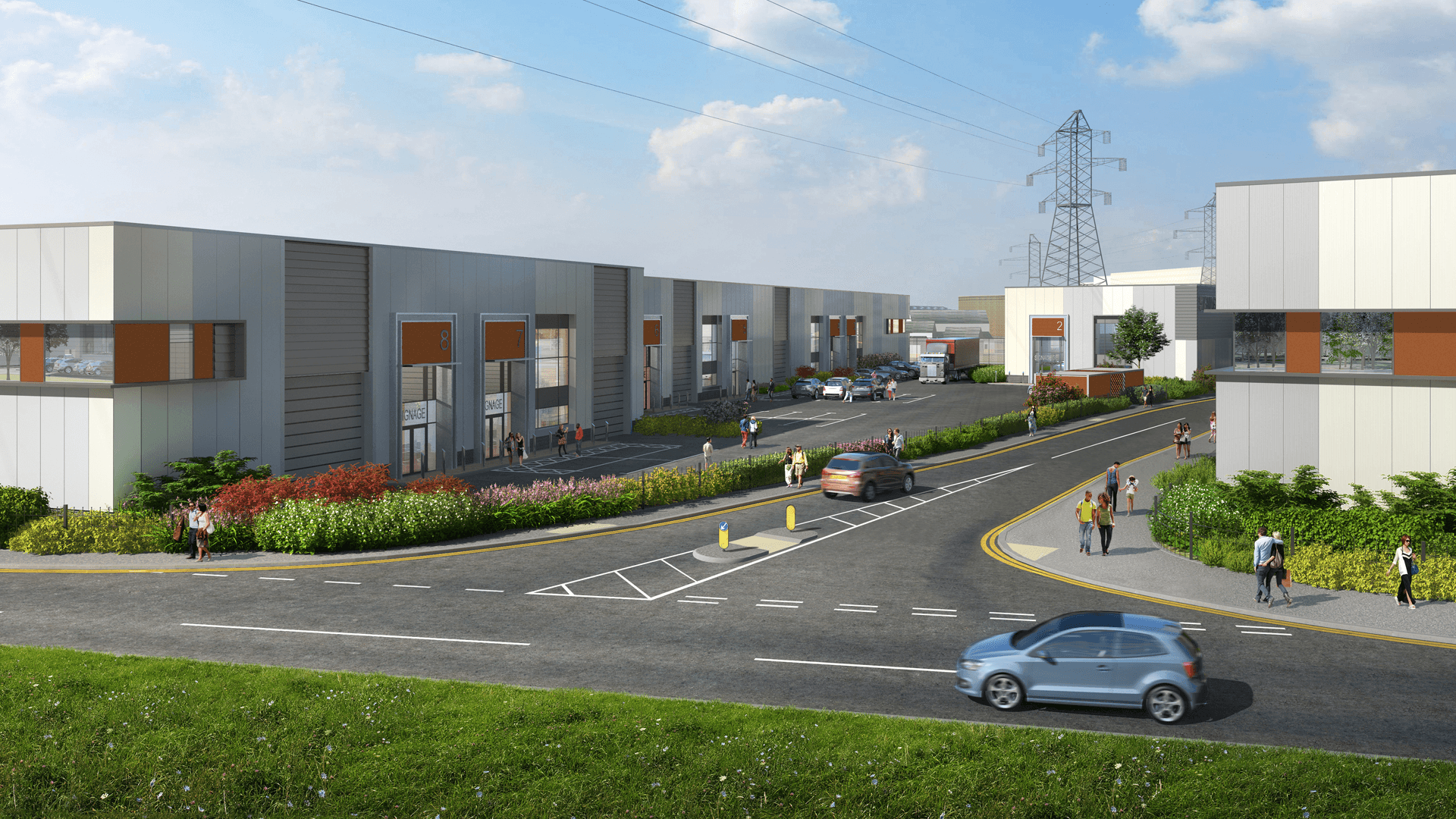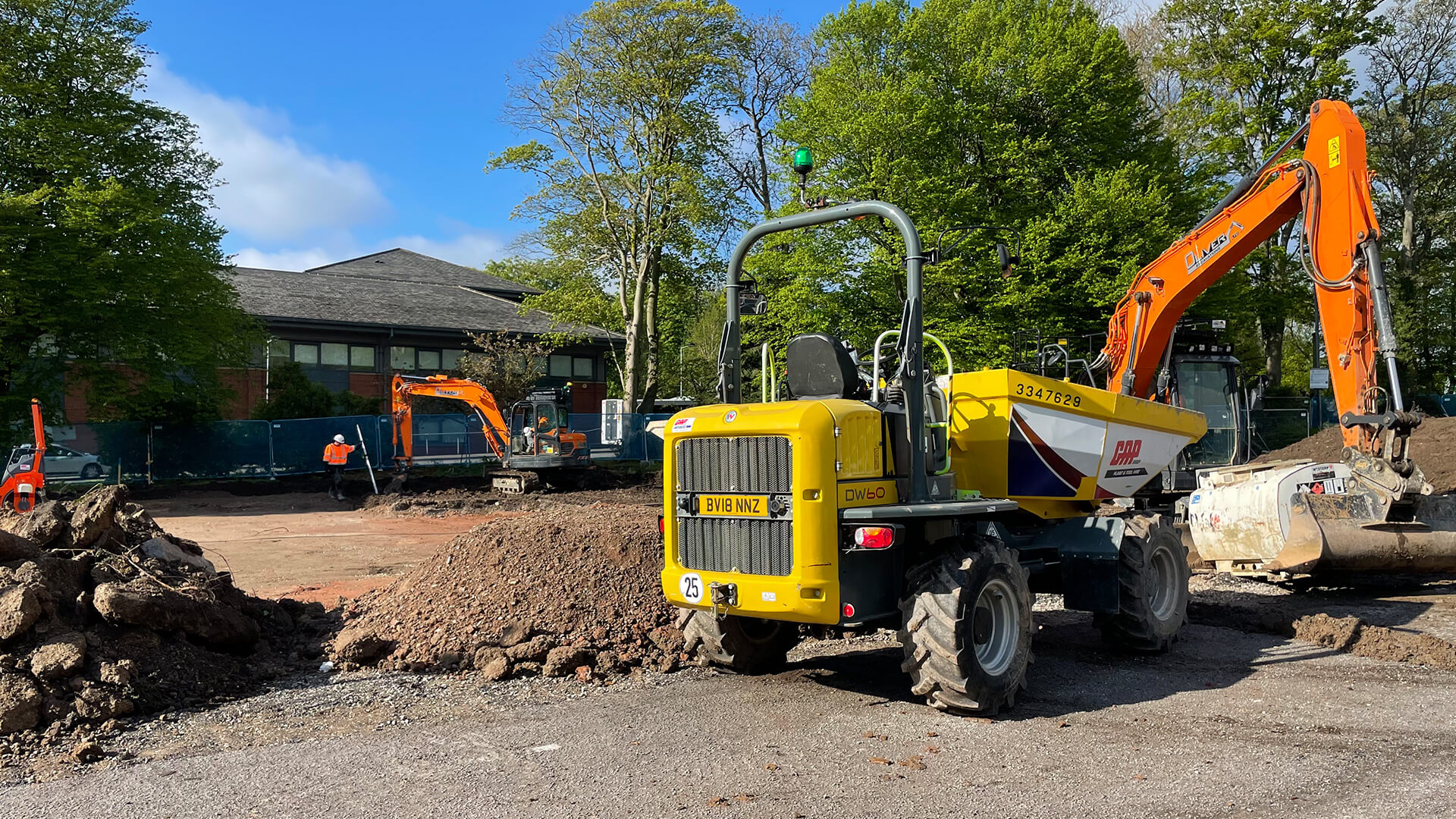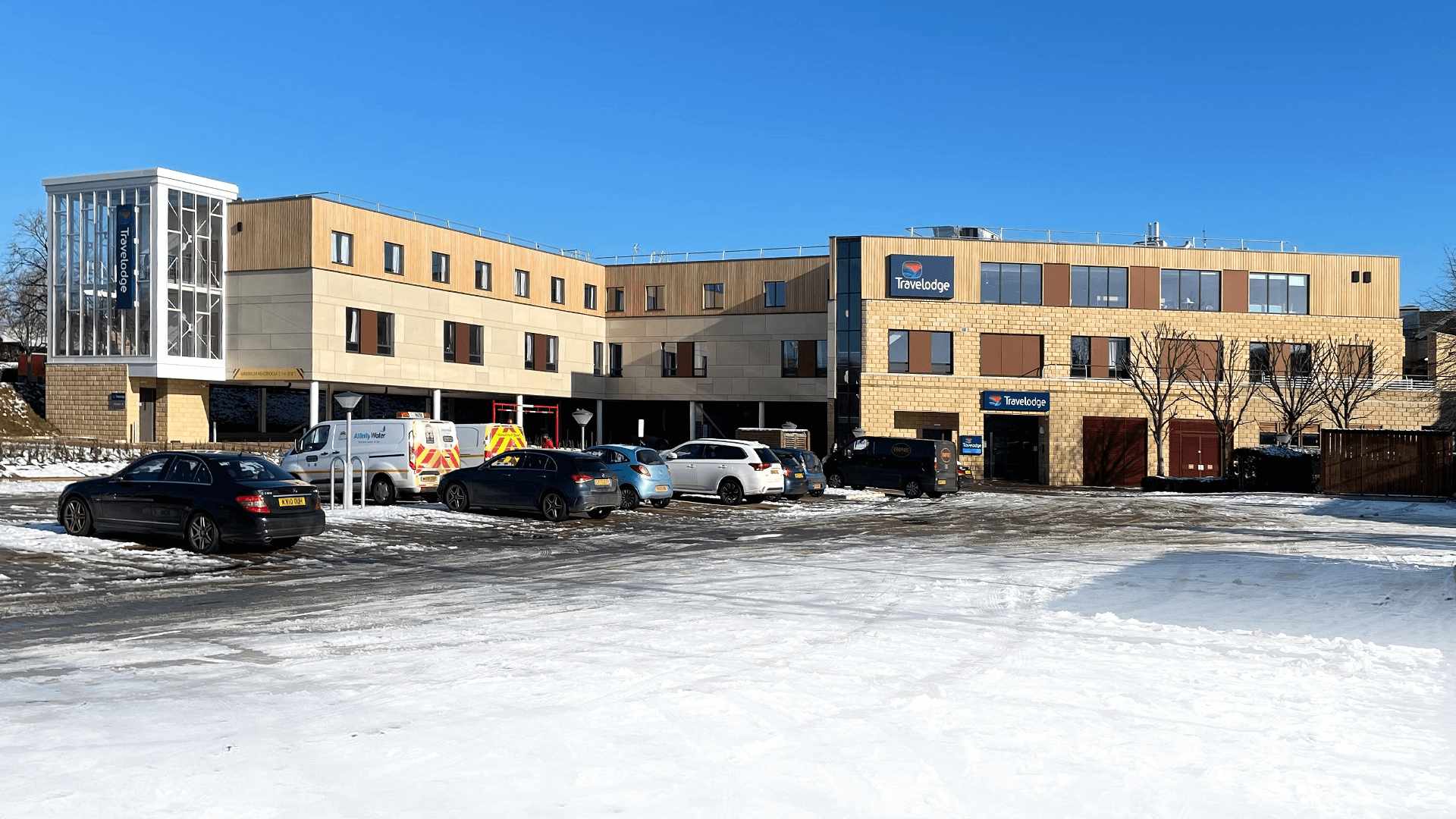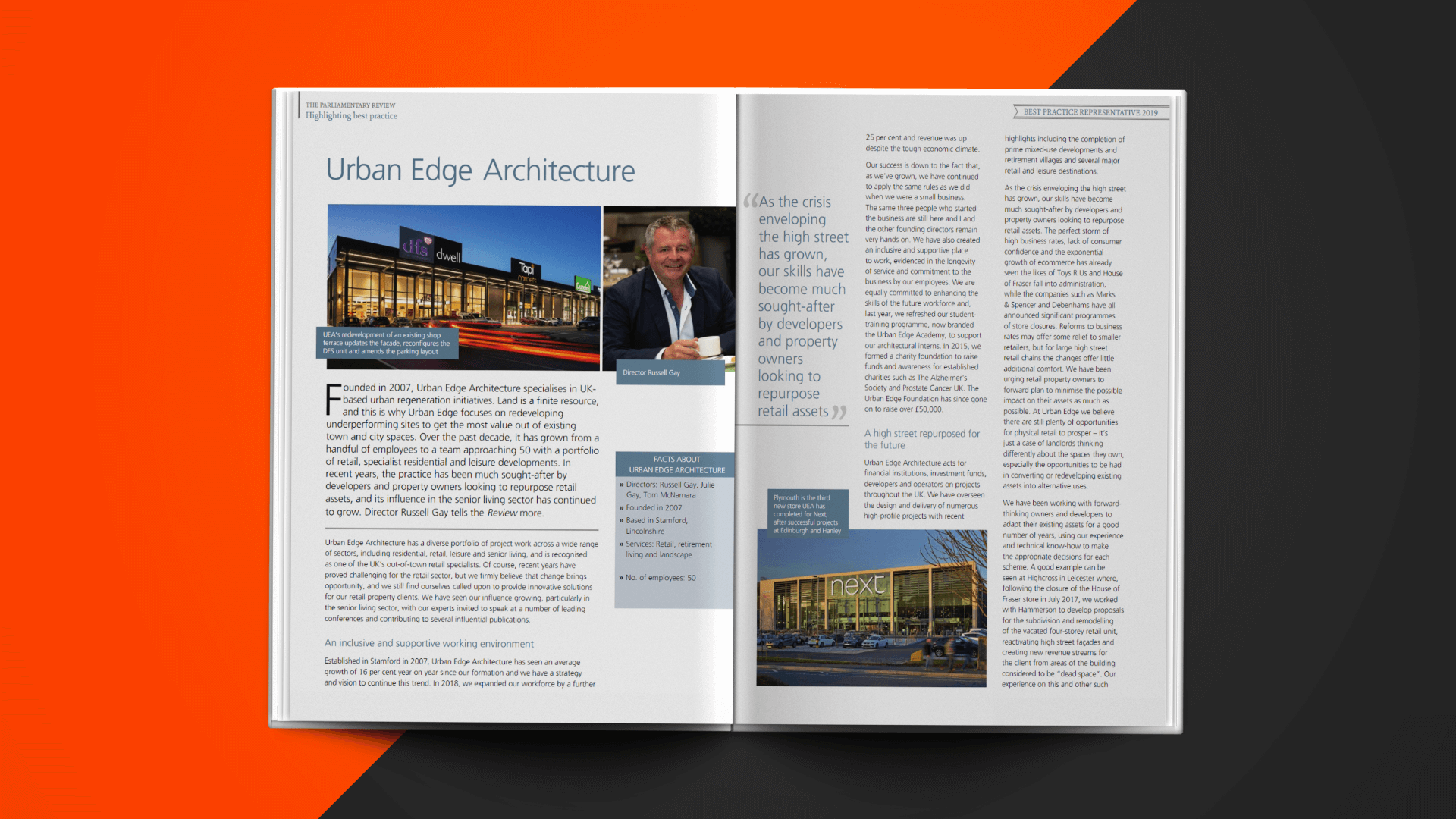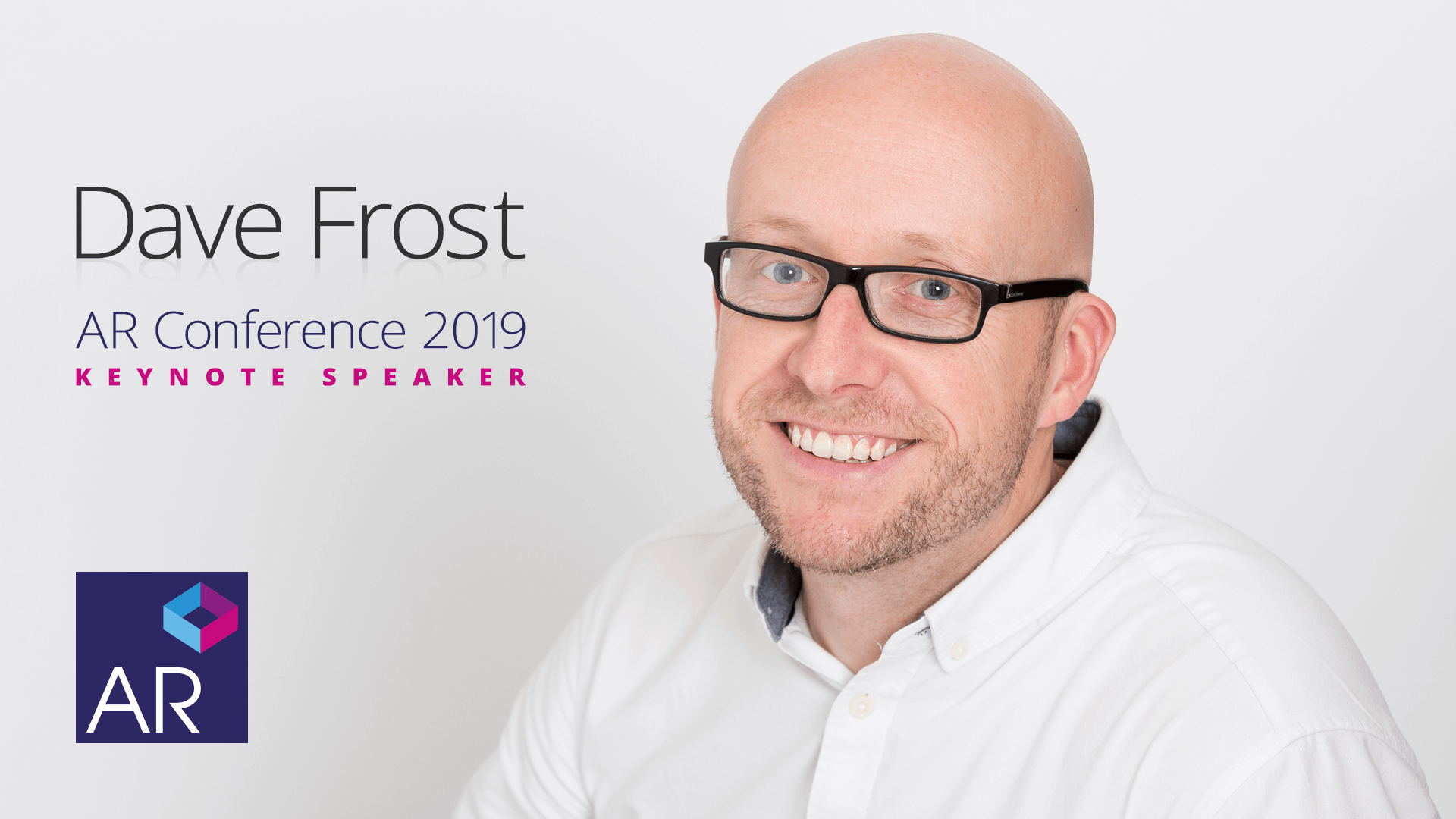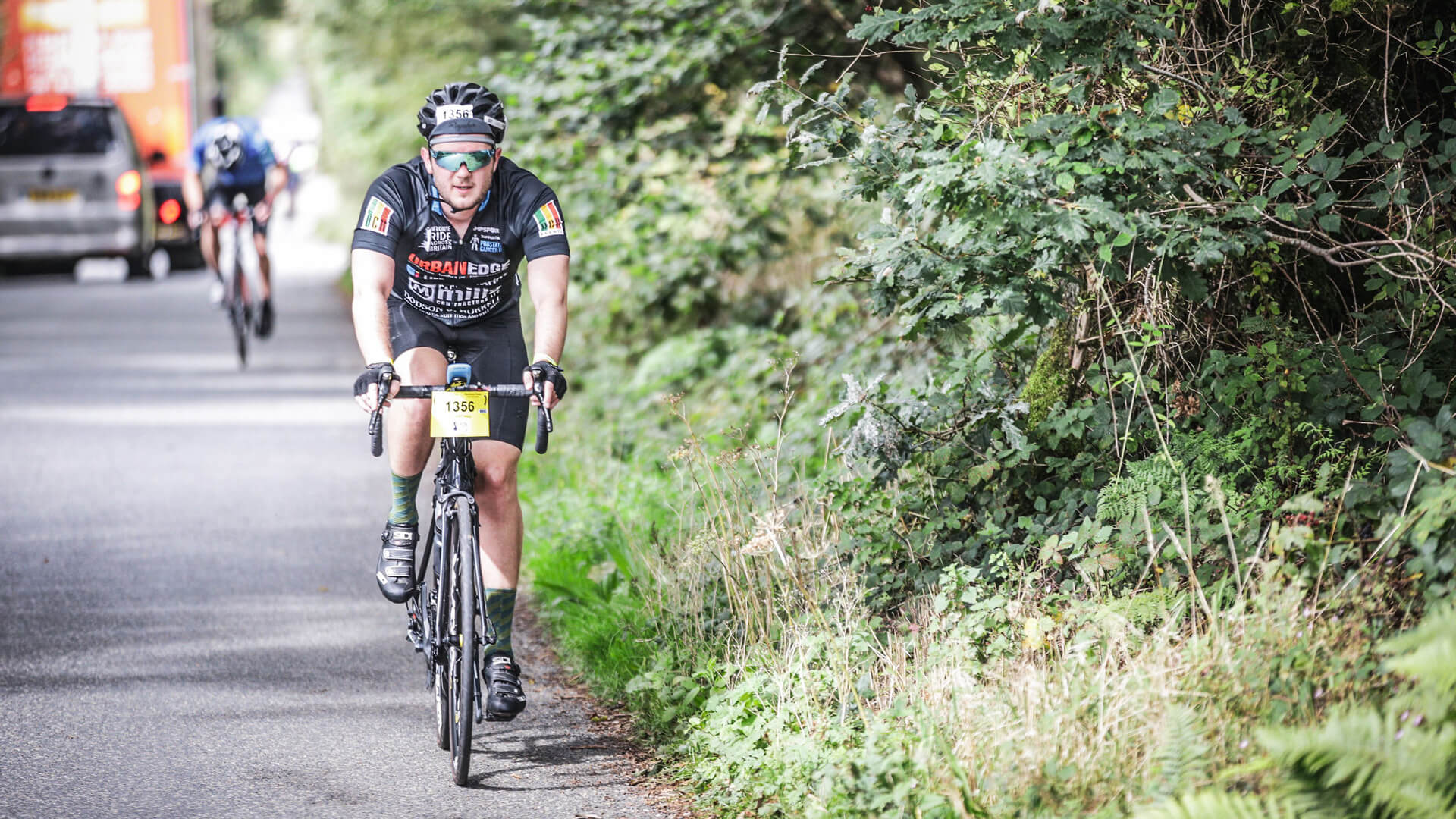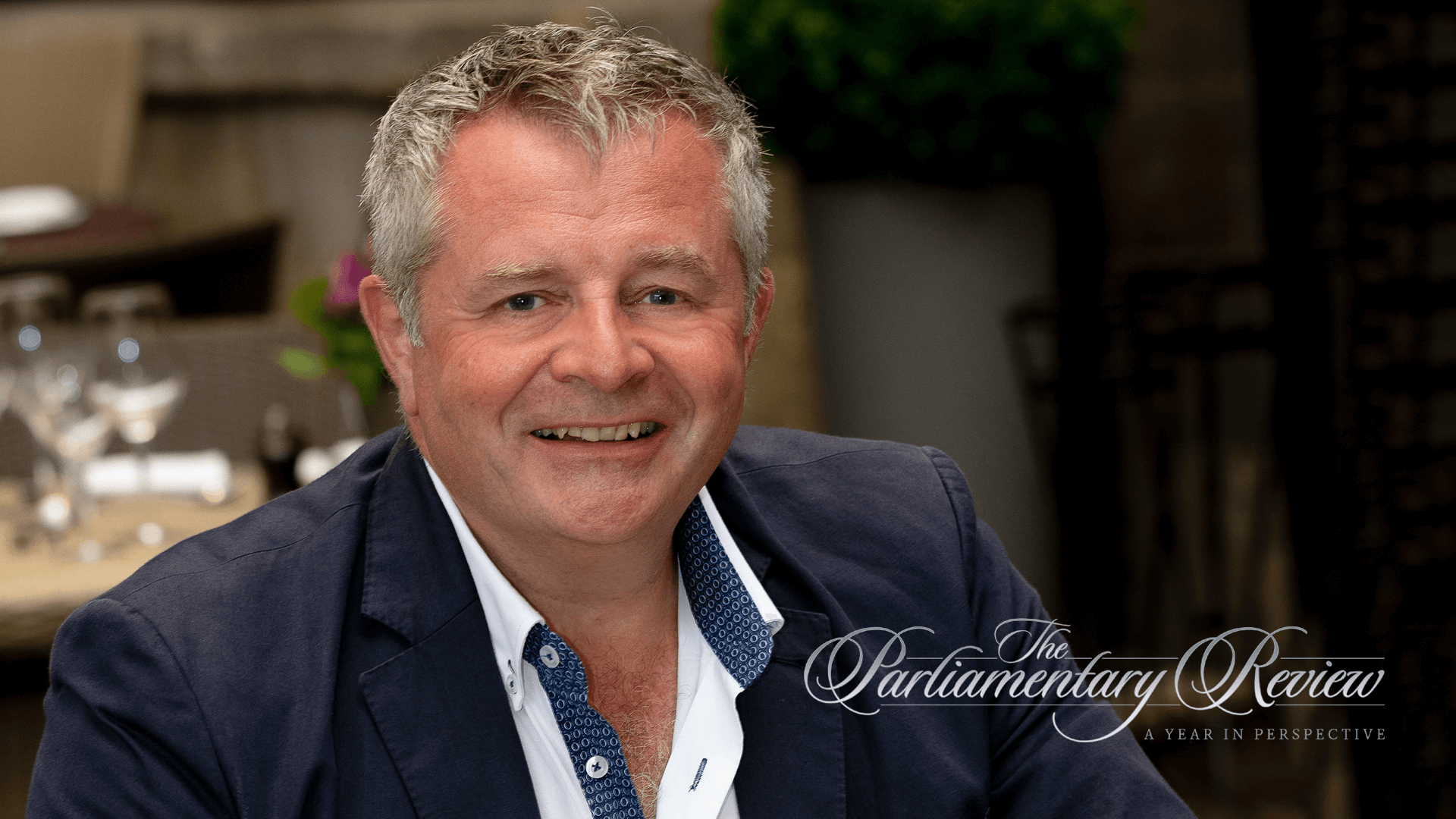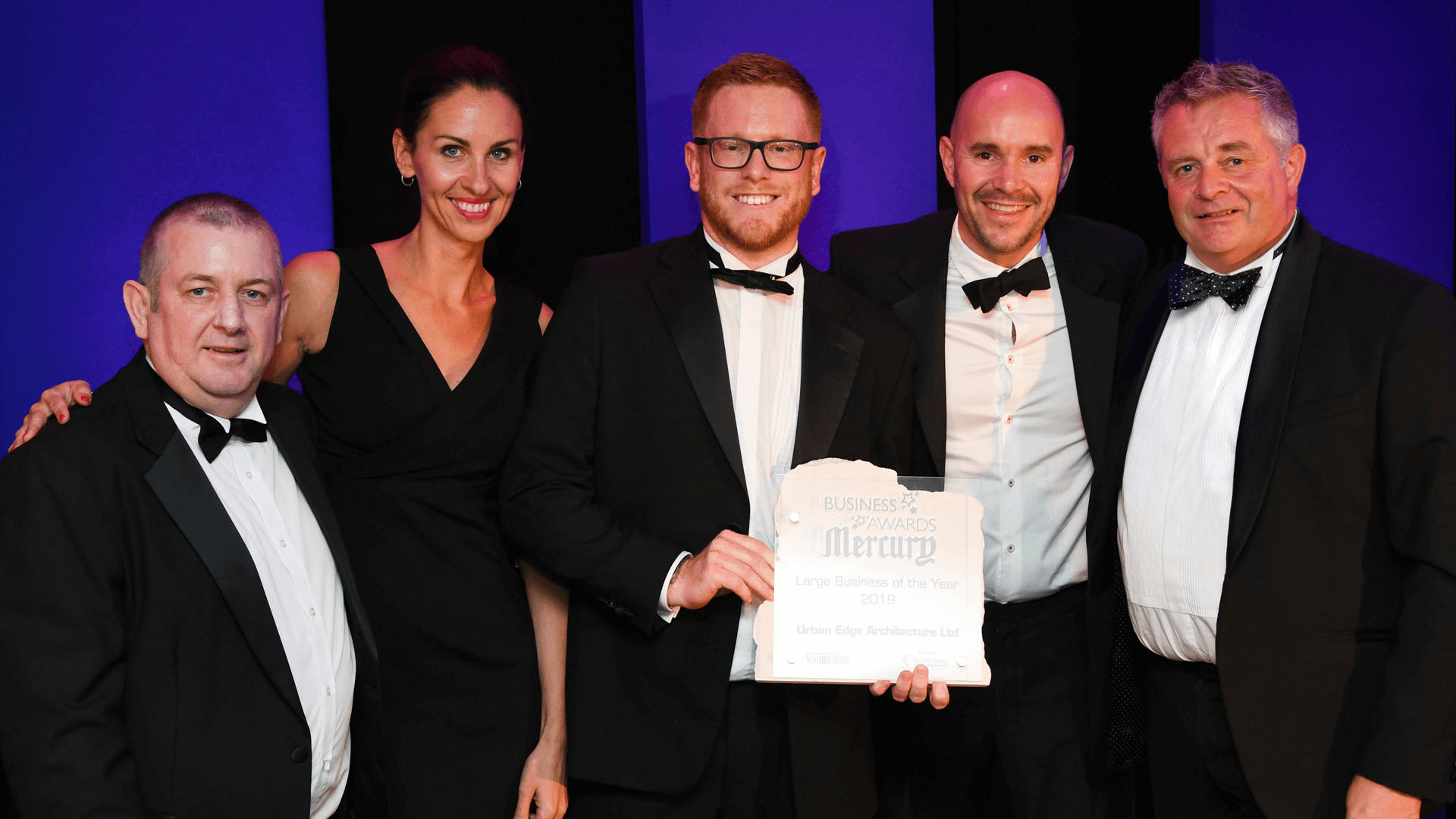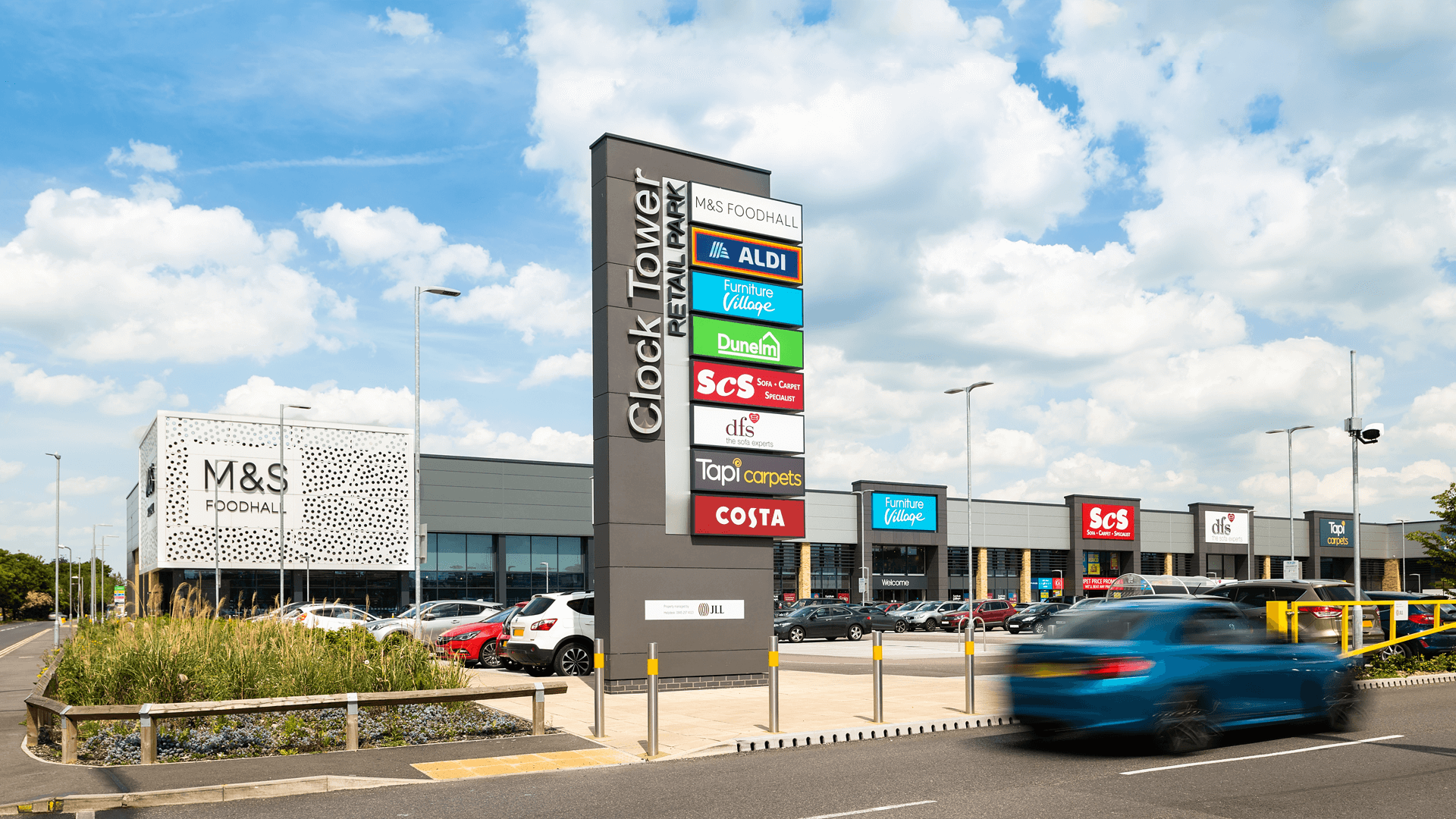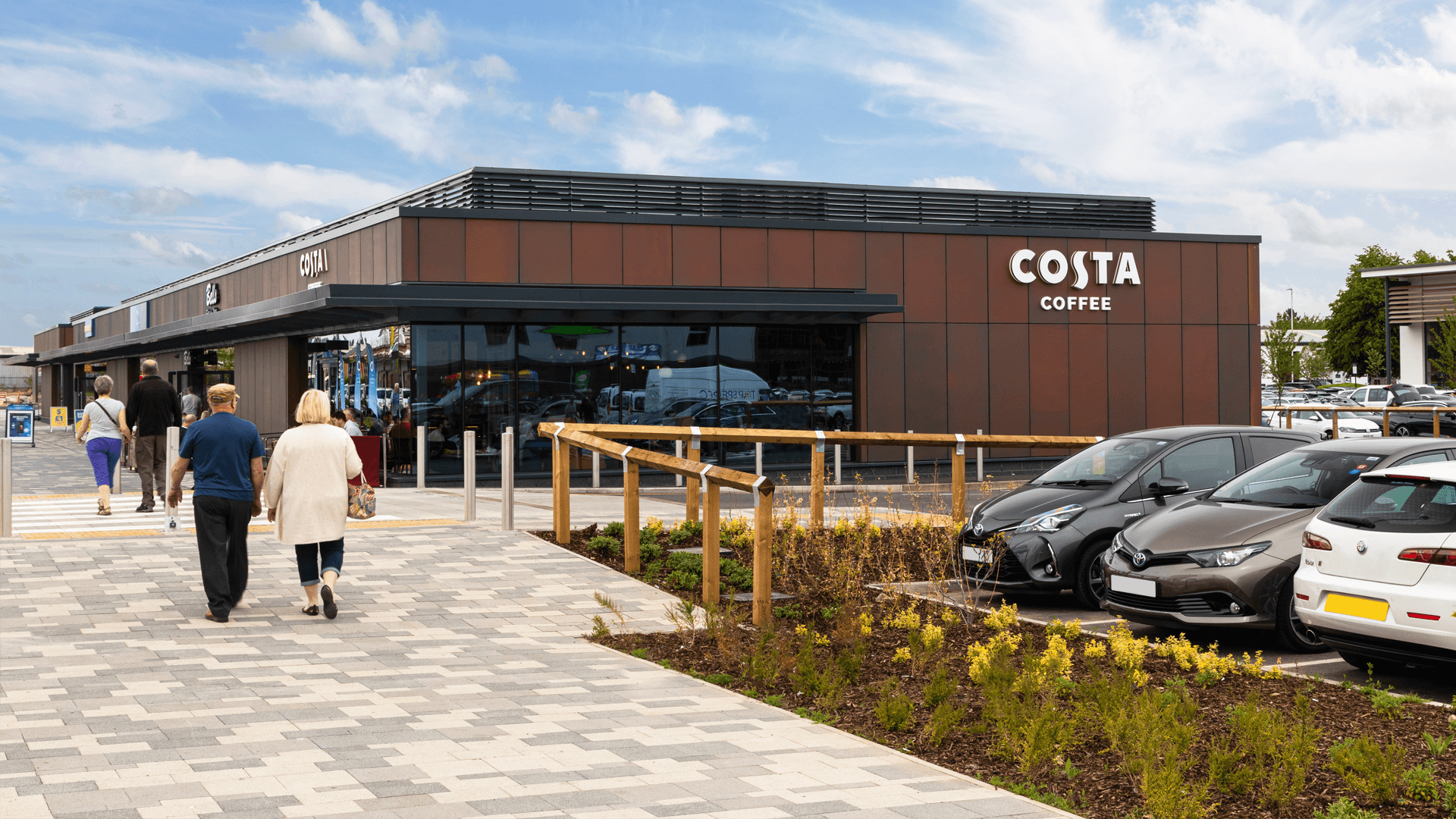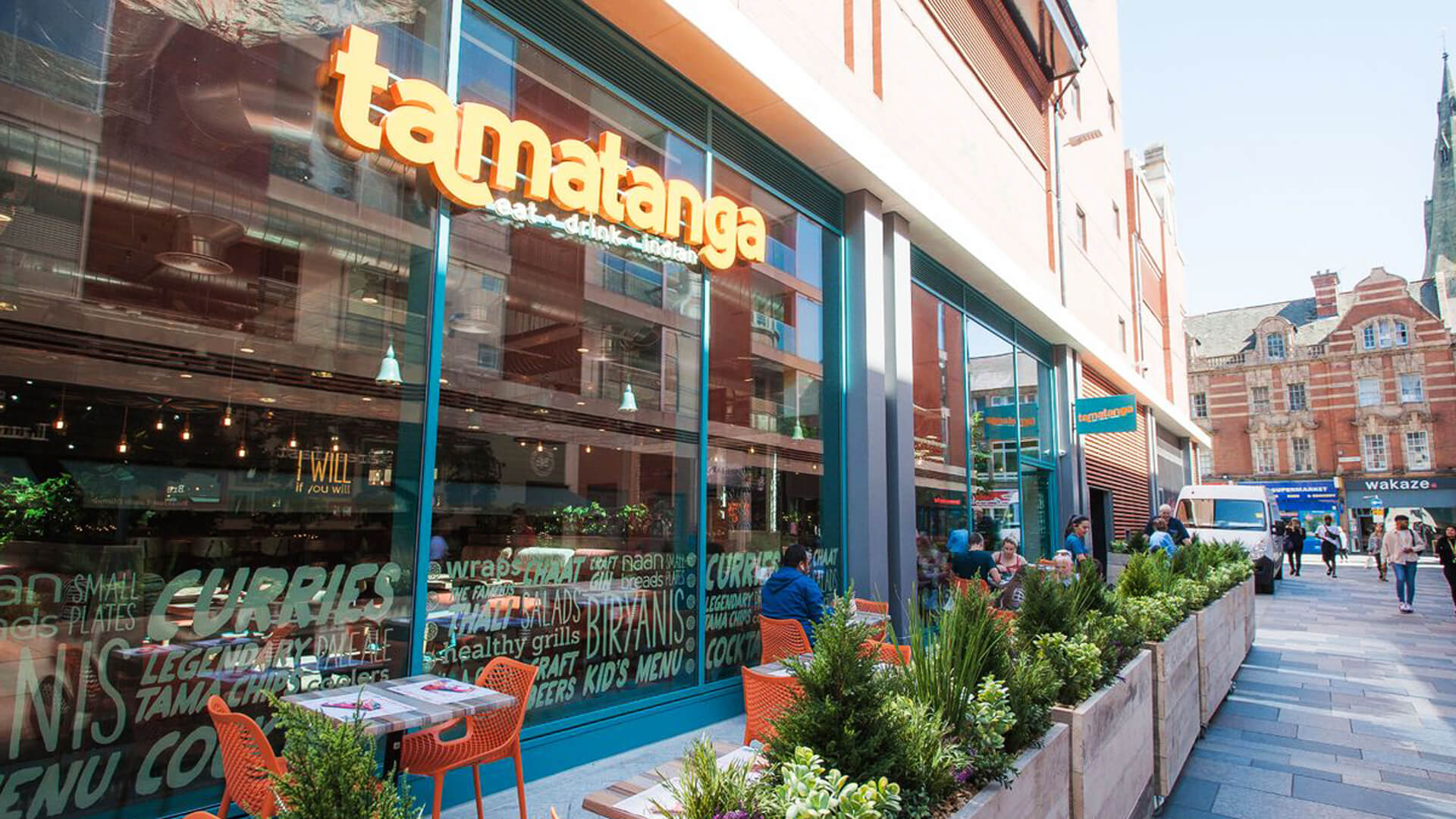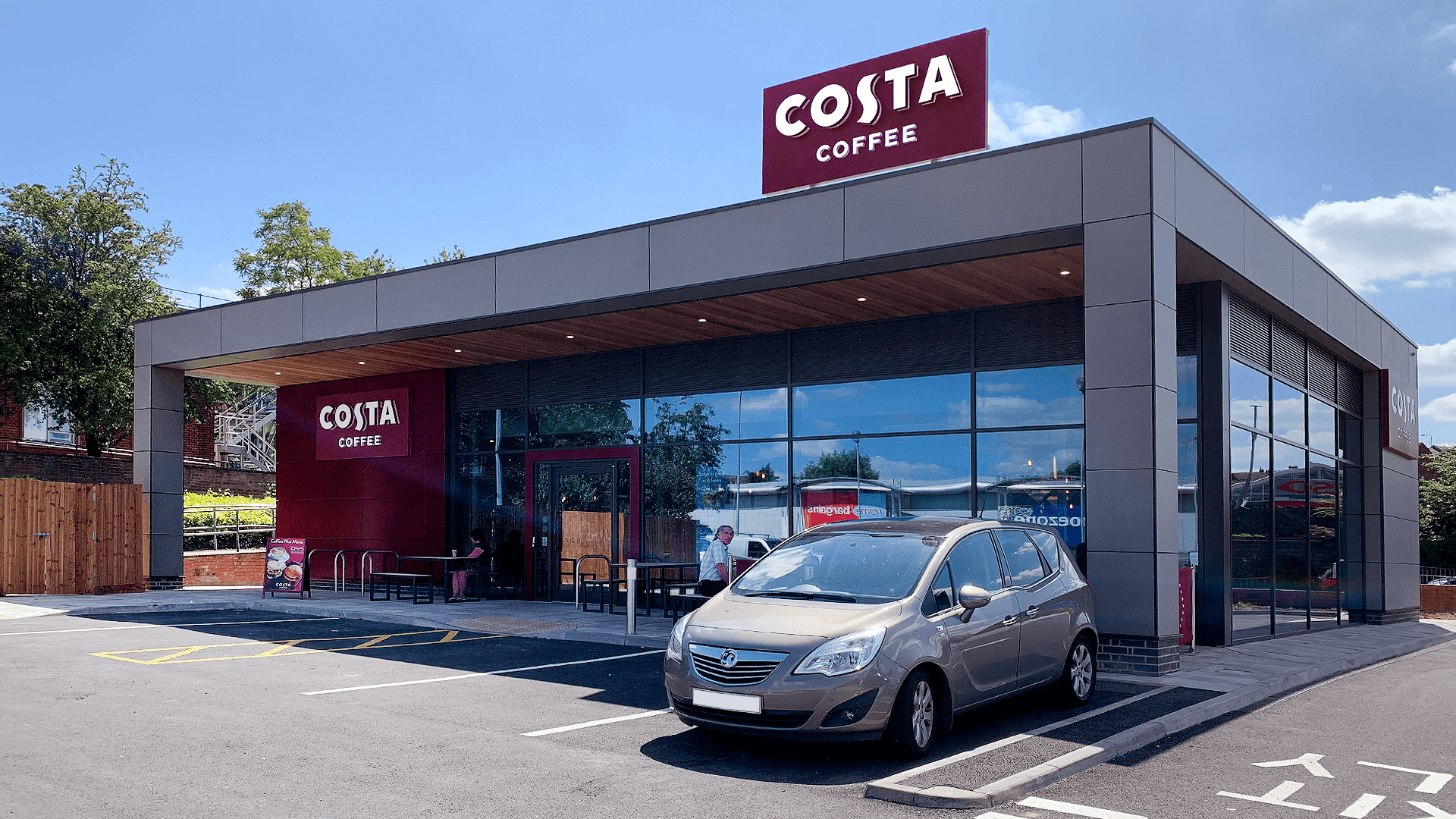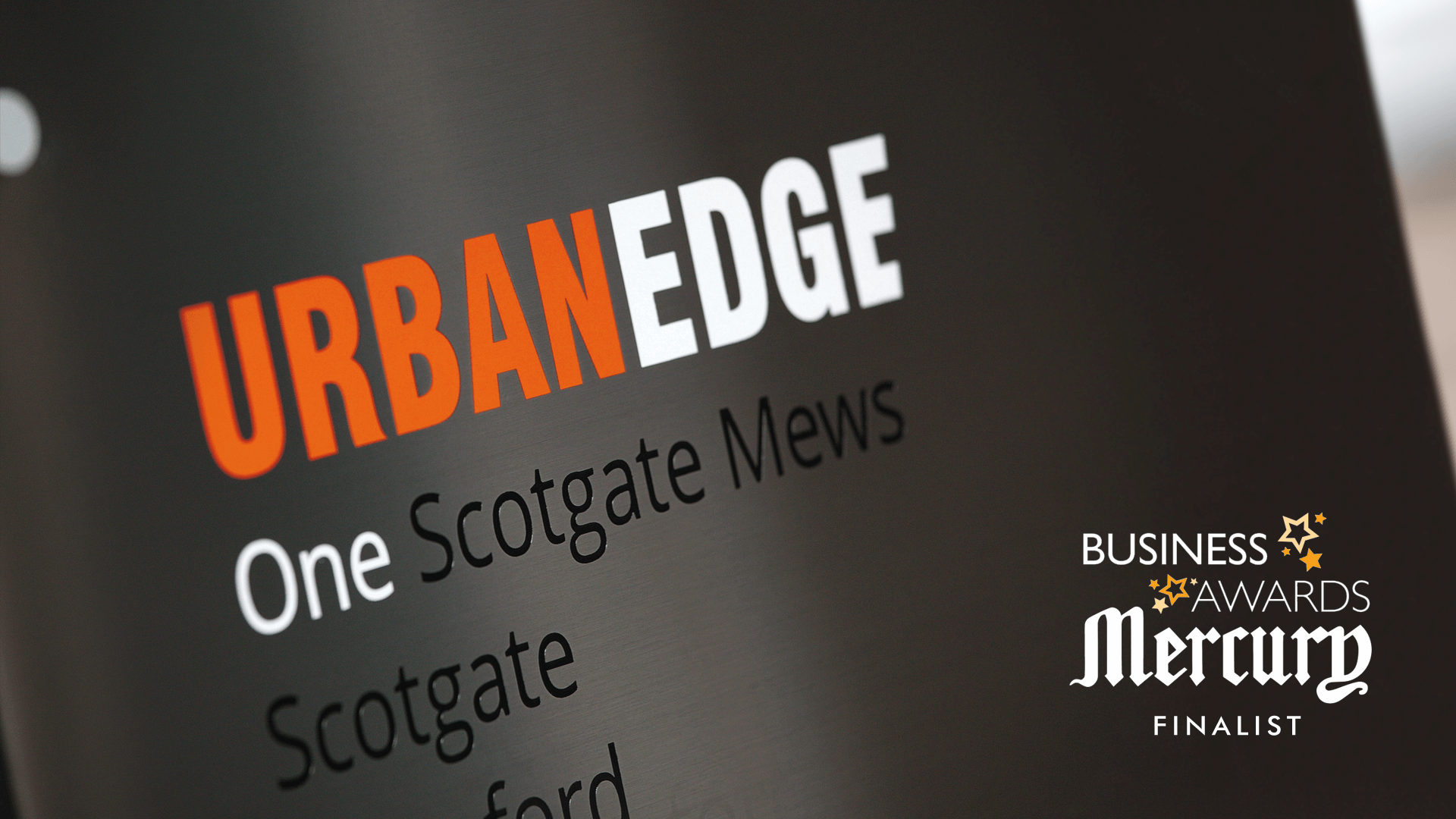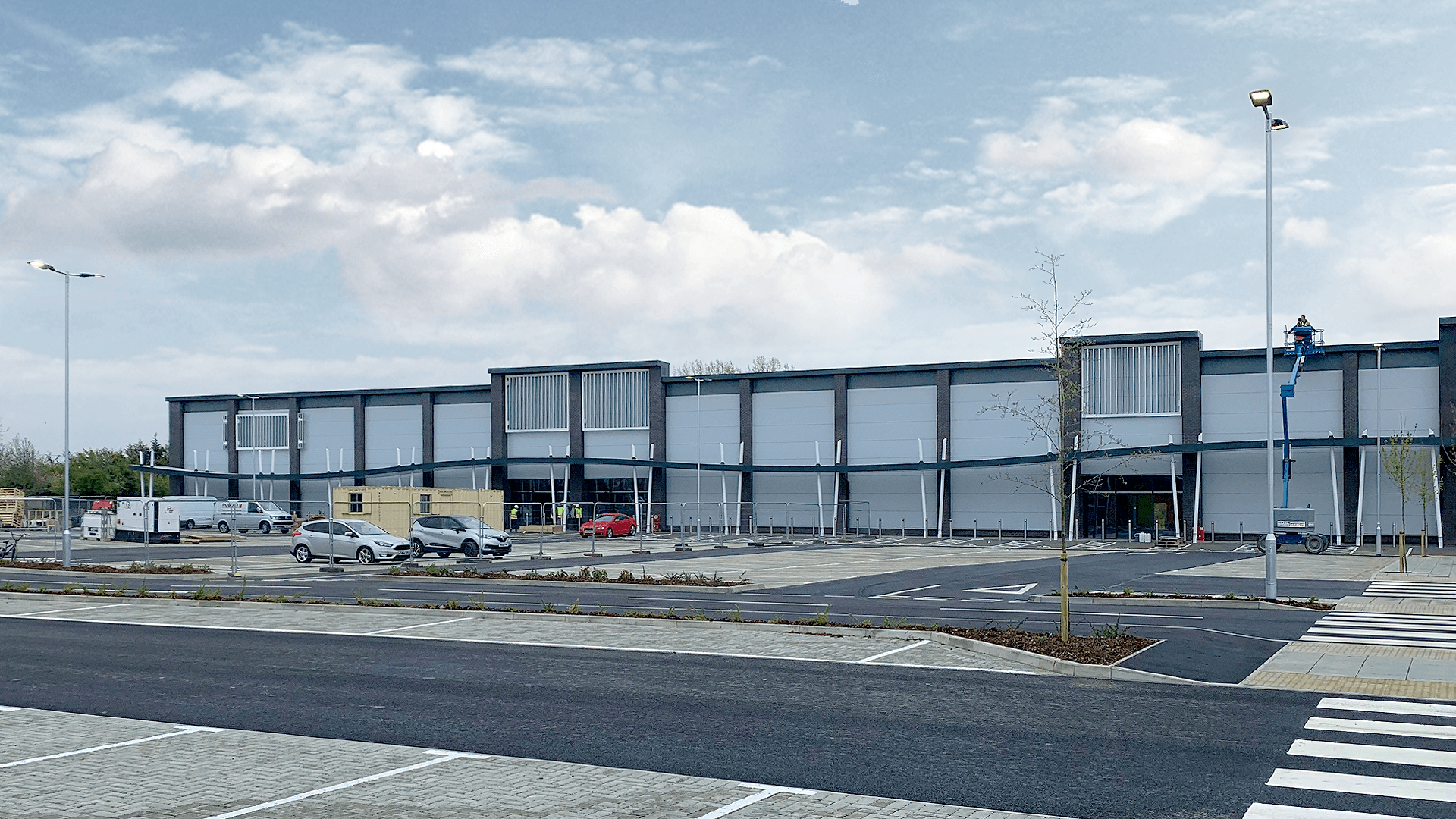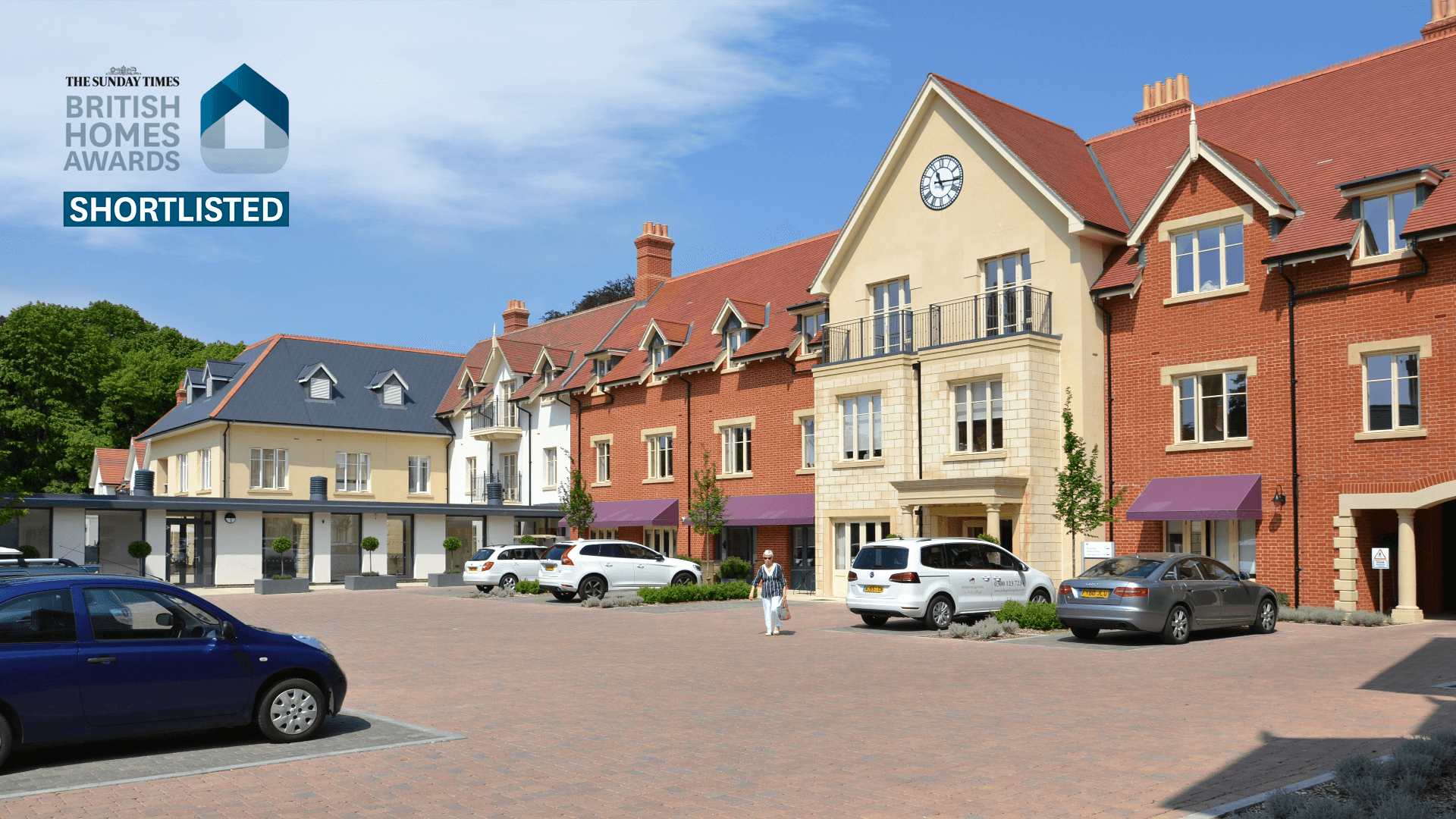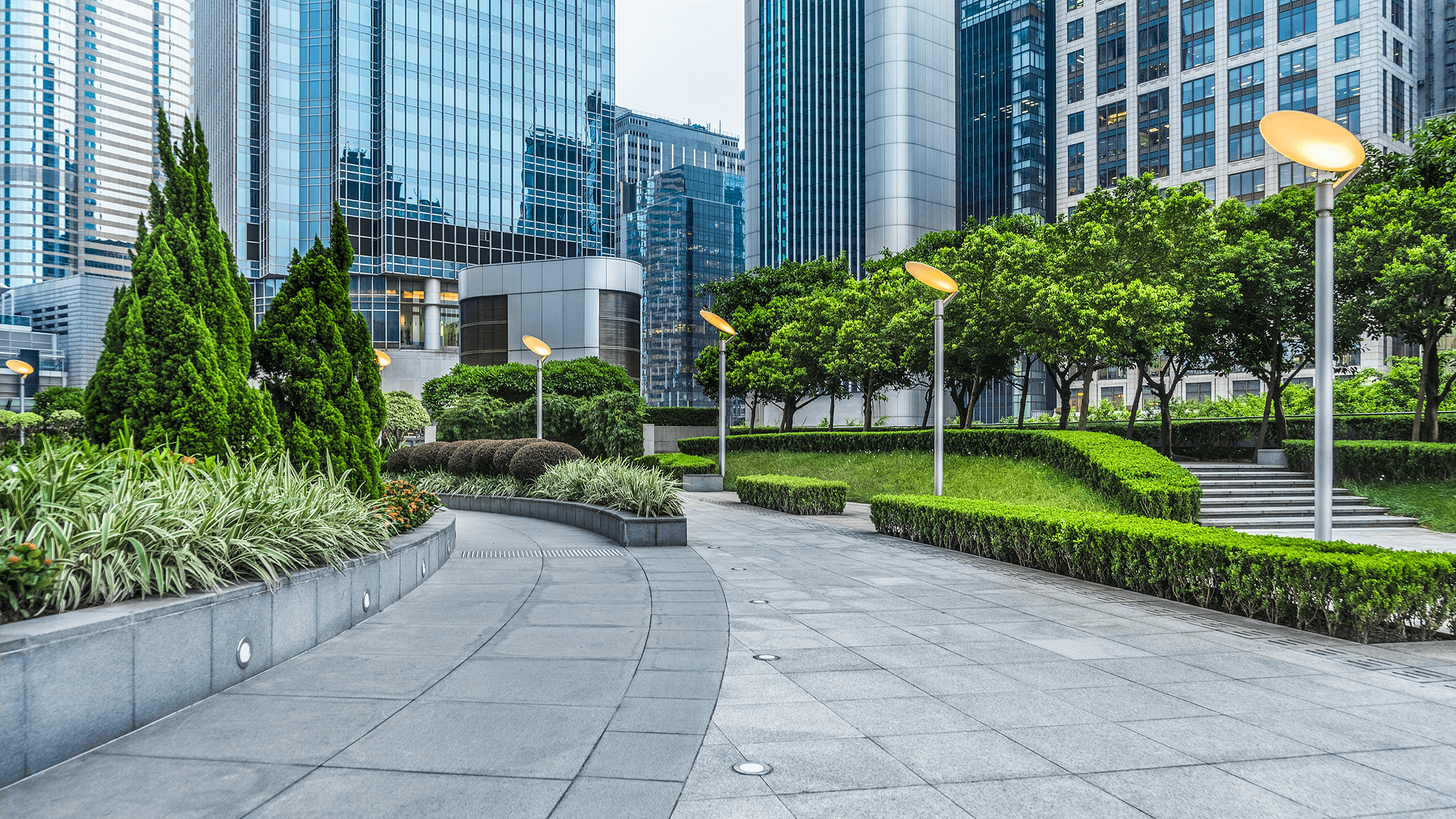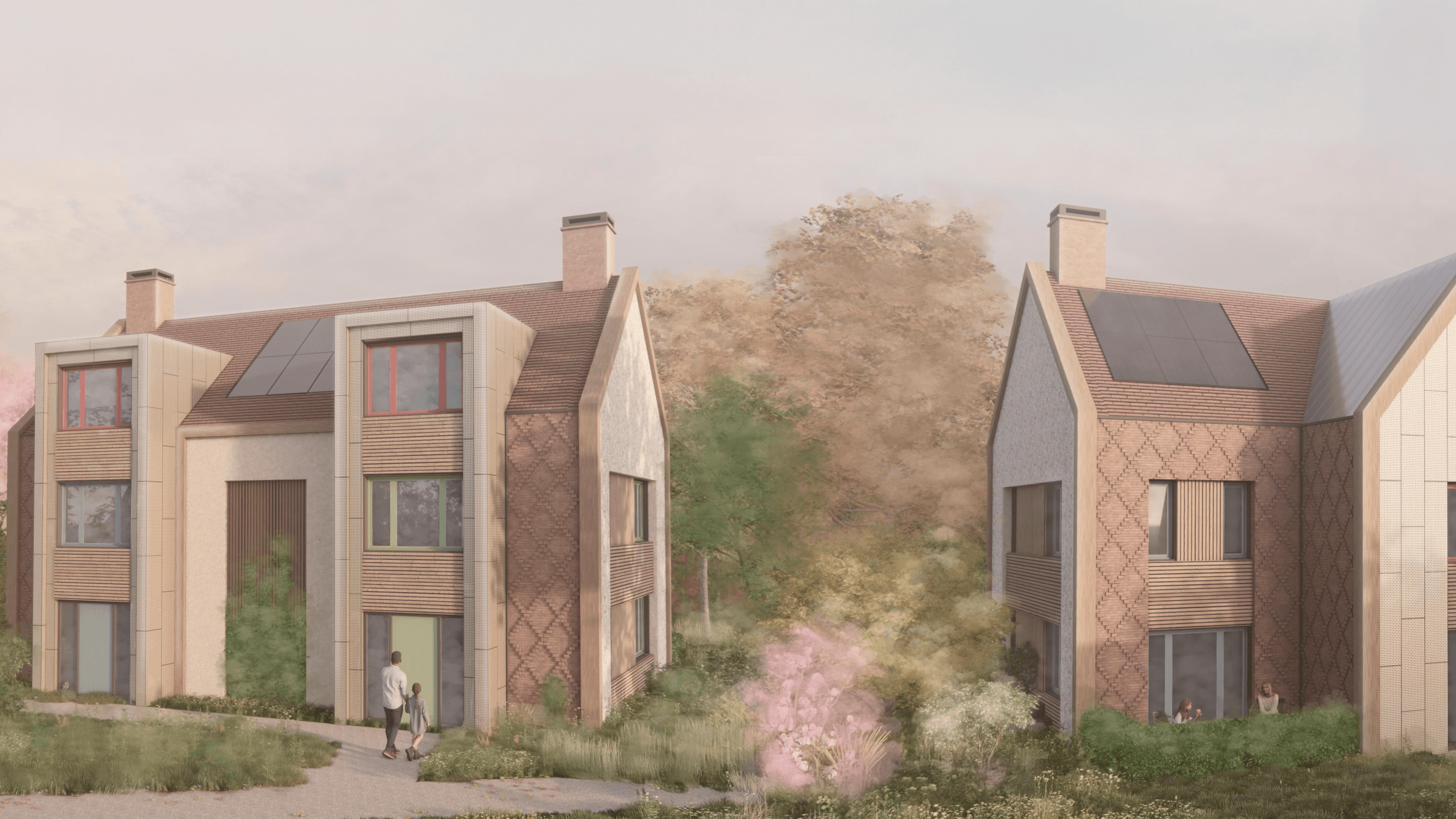
Charlotte Hall completed the first year of her master’s studies at Loughborough University!
June 19th, 2025 Posted by Urban Edge All, News, Urban Edge AcademyWe recently caught up with Charlotte Hall, our 2024 student placement, Charlotte has just completed the first year of her masters at the University of Loughborough and is now going on to her sixth year at university. Charlotte has been a vital part in our work here at Urban Edge and seeing her apply these skills at university is amazing. Below is a glimpse into her thoughts, tips and her experiences during the year.
How has your understanding of collaboration within an architectural team evolved over the past year?
“Over the past year, I’ve learned how crucial it is to communicate clearly, share responsibility, and support each other to achieve the best outcomes. Realising that others rely on my input has helped me improve my timekeeping and manage deadlines more effectively as being accountable to a team has pushed me to stay organised and proactive. I’ve also come to better appreciate the value of diverse perspectives and individual strengths within the team, as strong collaboration not only enhances the design process but also leads to smoother project delivery and a more rewarding working environment.”
Were there any tools, techniques, or workflows used at Urban Edge that you’d like to take into your future studies or career?
“During my time at Urban Edge, I learned the value of working efficiently within tighter timeframes, which is something I’ll take back into my university studies. In practice, there’s less time to dwell on ideas, so I adopted faster, more focused design workflows—such as sketching quick concepts and massing modelling to rapidly iterate work that helped me make confident decisions earlier in the process. This approach not only improved my time management but also showed me how to maintain design quality while meeting deadlines, a skill that’s vital in both study and practice.”
How did you find balancing academic commitments with your placement responsibilities, and what helped you manage both successfully?
“Balancing academic commitments with my placement responsibilities taught me the importance of managing my time effectively and making space for hobbies. These activities gave me a mental reset, helping me return to my coursework with more focus and energy, making my study time more efficient. The fast-paced nature of practice also influenced my approach; becoming more decisive and adopting quicker workflows, which helped me tackle university projects more efficiently. Learning to switch off and prioritise well-being alongside deadlines has been key to staying productive, and it’s a habit I’ll continue to carry forward in my studies.”
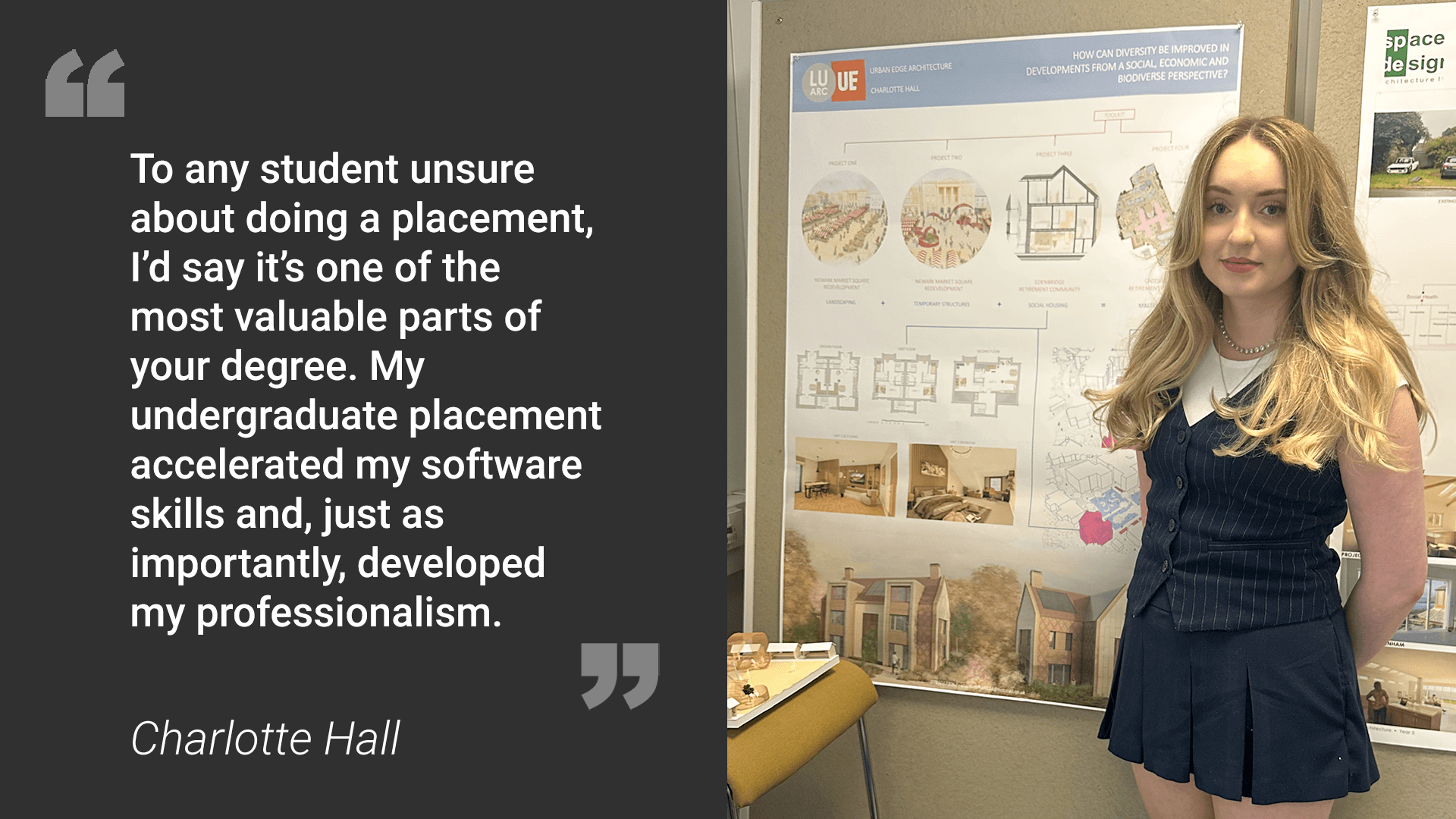
What are you most looking forward to as you begin the next stage of your architectural journey?
“As I begin my sixth year of University, I’m most excited to apply the design knowledge I’ve gained in practice to my upcoming masterplanning project. Working on later living schemes in practice has deepened my understanding of user needs, while collaborating with the landscape team has strengthened my understanding of placemaking, which is a passion of mine that I’m eager to develop further by combining real-world insights with academic exploration. I look forward to creating thoughtful, people-centred environments that seamlessly integrate the built environment with the natural landscape.”
If you could give your past-self one piece of advice before starting this placement, what would it be?
“If I could give my past-self one piece of advice before starting this placement, it would be to make time for yourself and prioritise well-being and balance. It’s easy to get caught up in trying to perfect every detail, but I’ve learned that stepping back and seeing the bigger picture leads to better progress and clearer thinking. Taking breaks, staying active, and keeping balance outside of work helped me stay focused and motivated when it came to my coursework. Letting go of perfectionism not only improved my workflow but also allowed me to enjoy the experience and appreciate the journey.”
What would you say to other students who are unsure about doing a placement during their degree?
“To any student unsure about doing a placement, I’d say it’s one of the most valuable parts of your degree. My undergraduate placement accelerated my software skills and, just as importantly, developed my professionalism. I returned to my final year with greater confidence in my design work and decision-making, which enhanced my performance. For this reason, taking on a second placement before starting my final year of my masters was an easy choice as it gave me the opportunity to prepare thoroughly and build the strongest possible skill set for the next stage of my career.”
